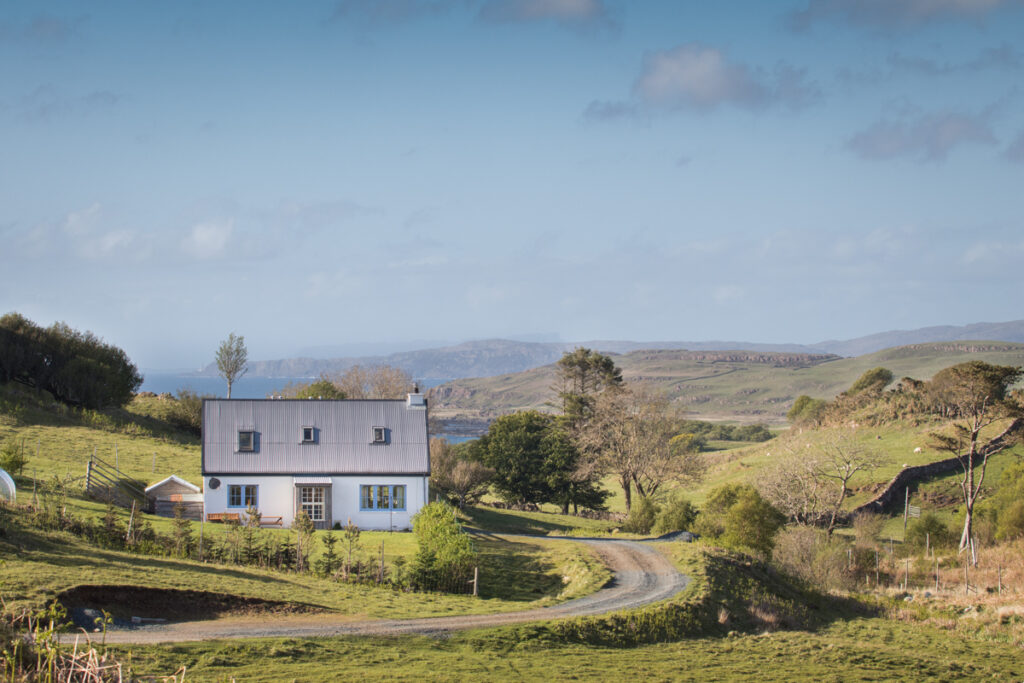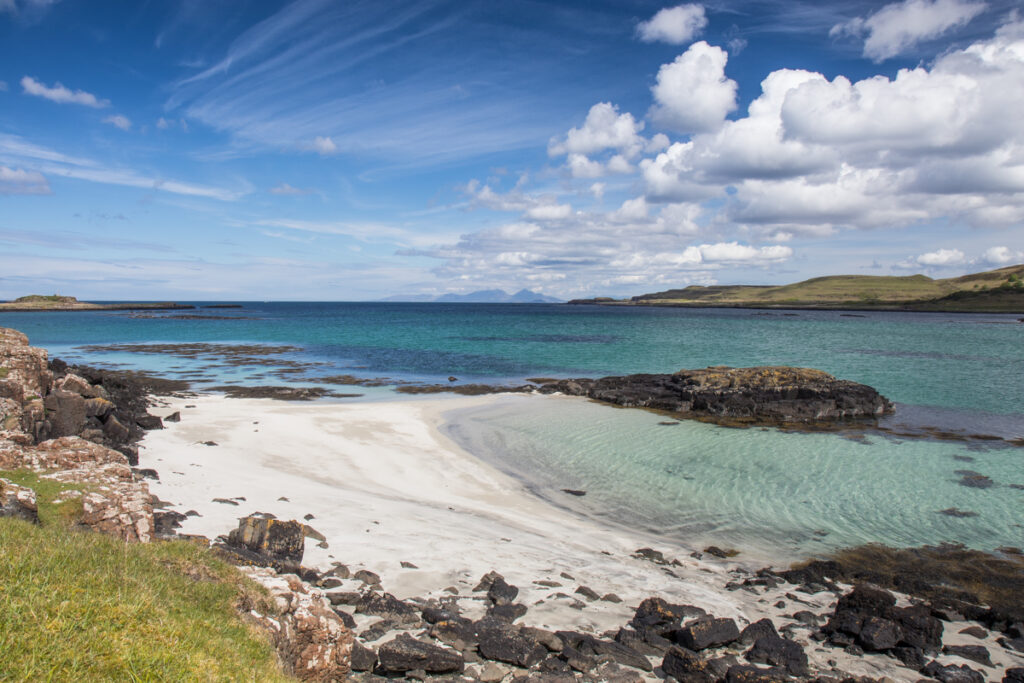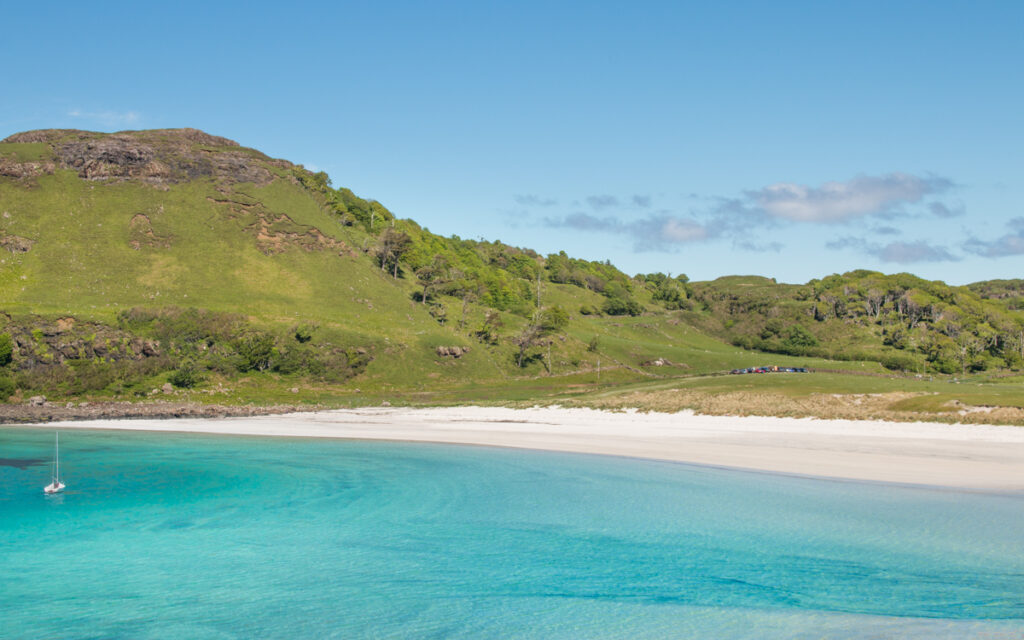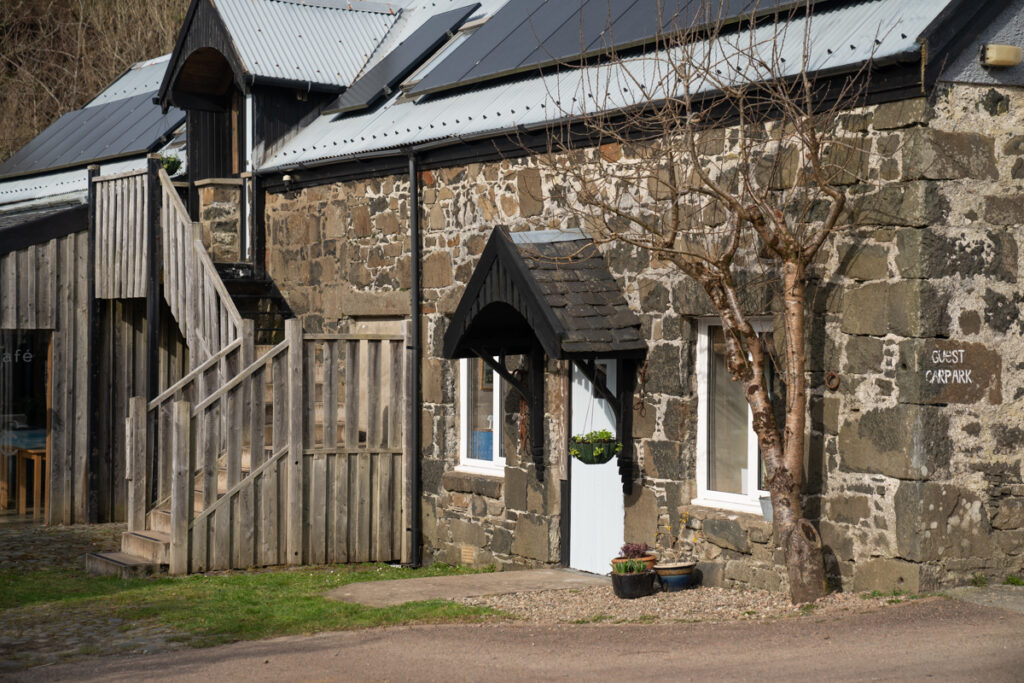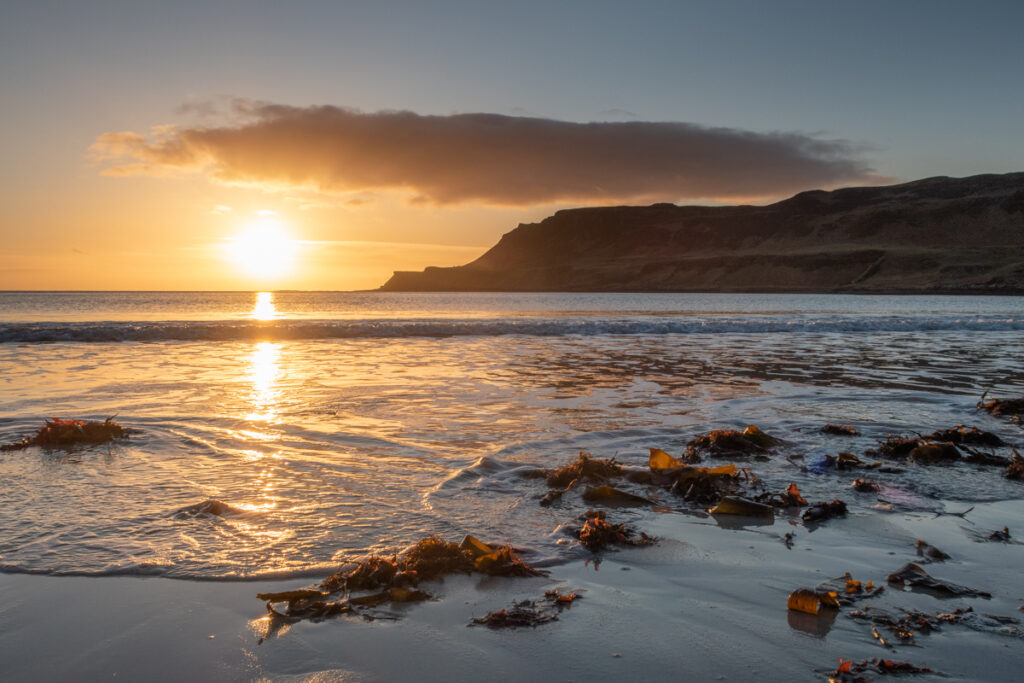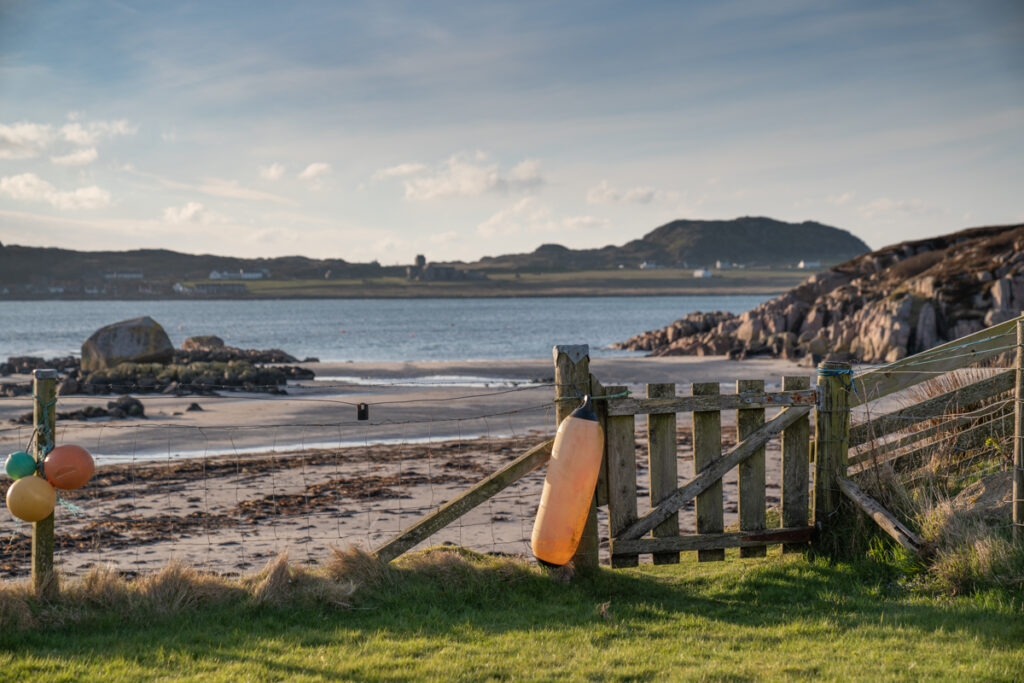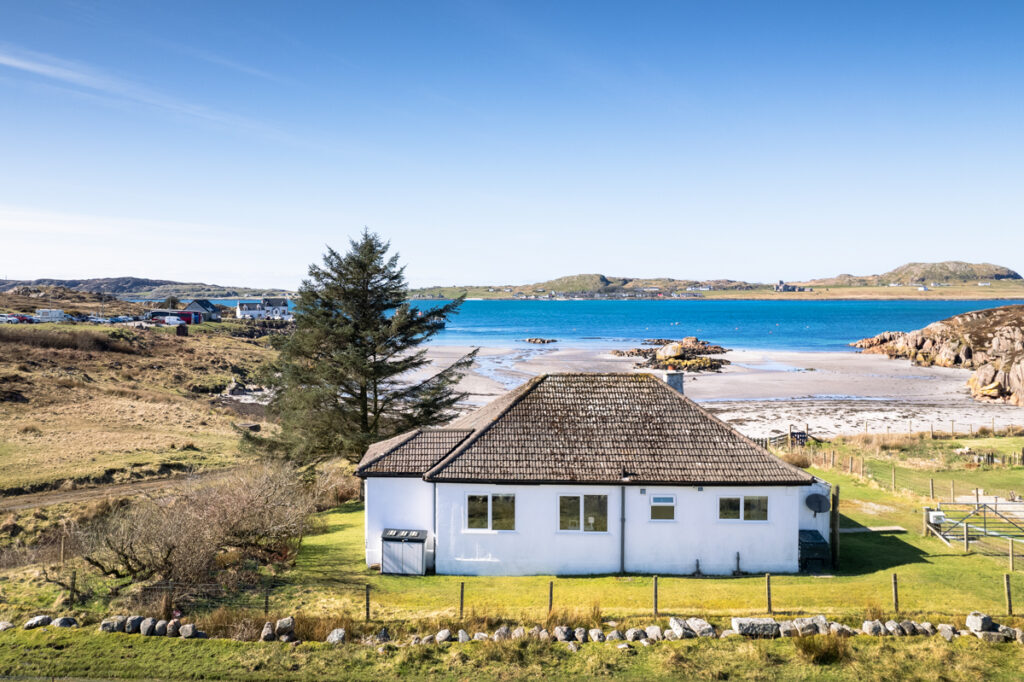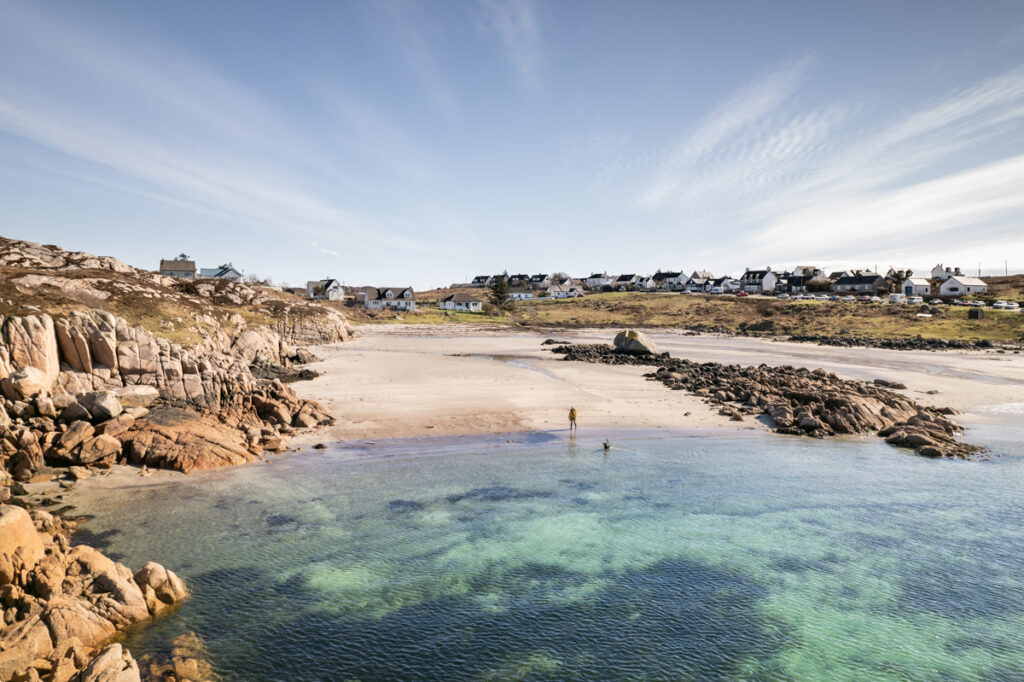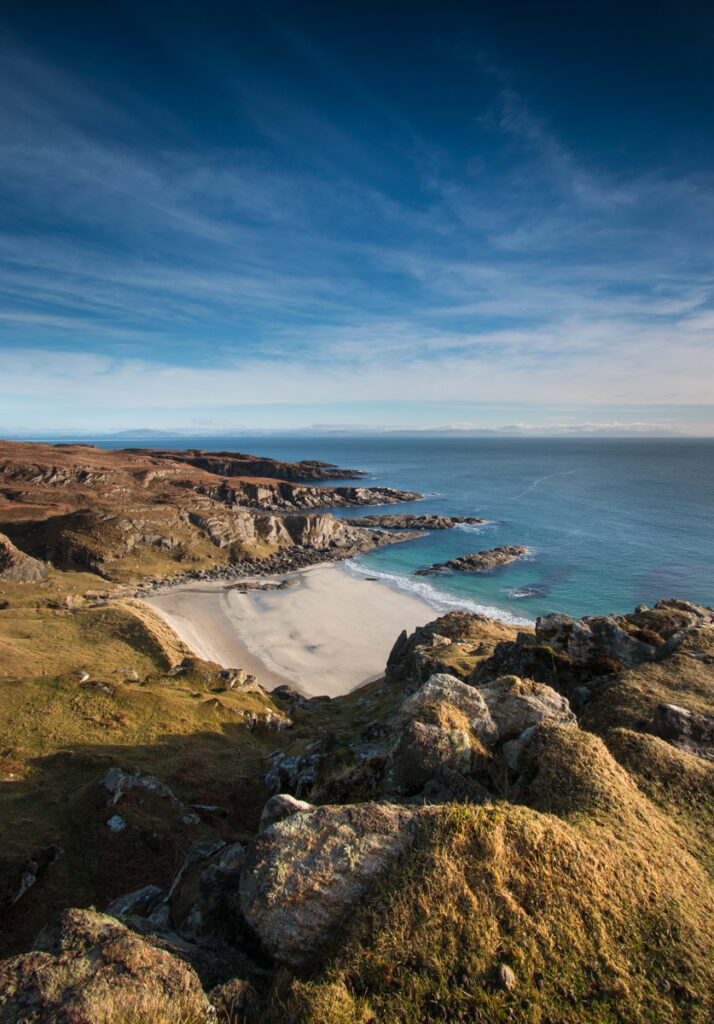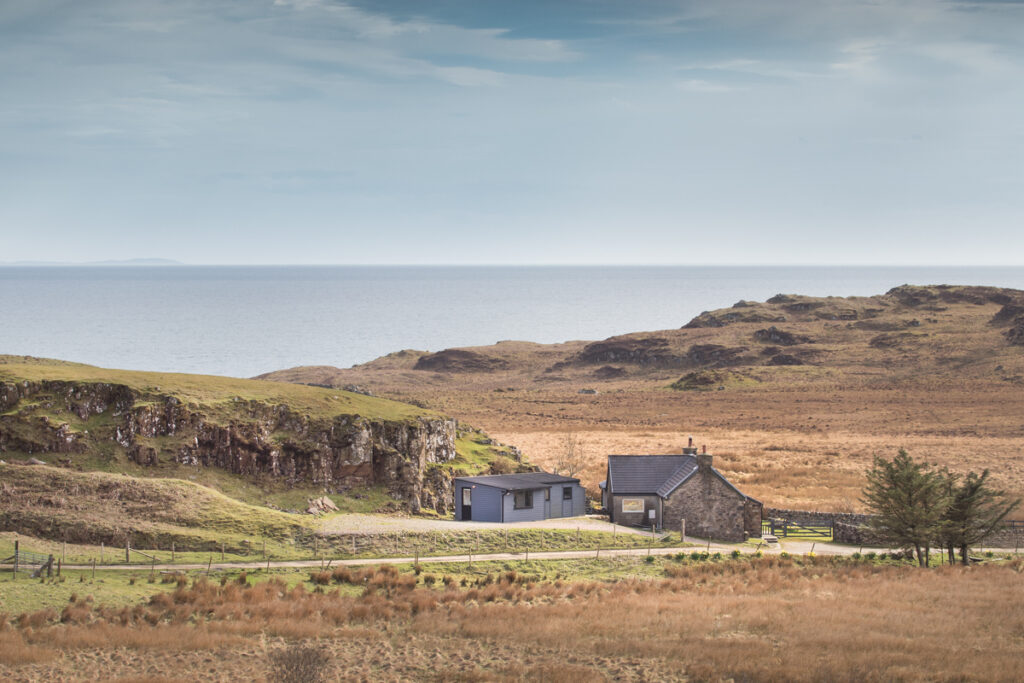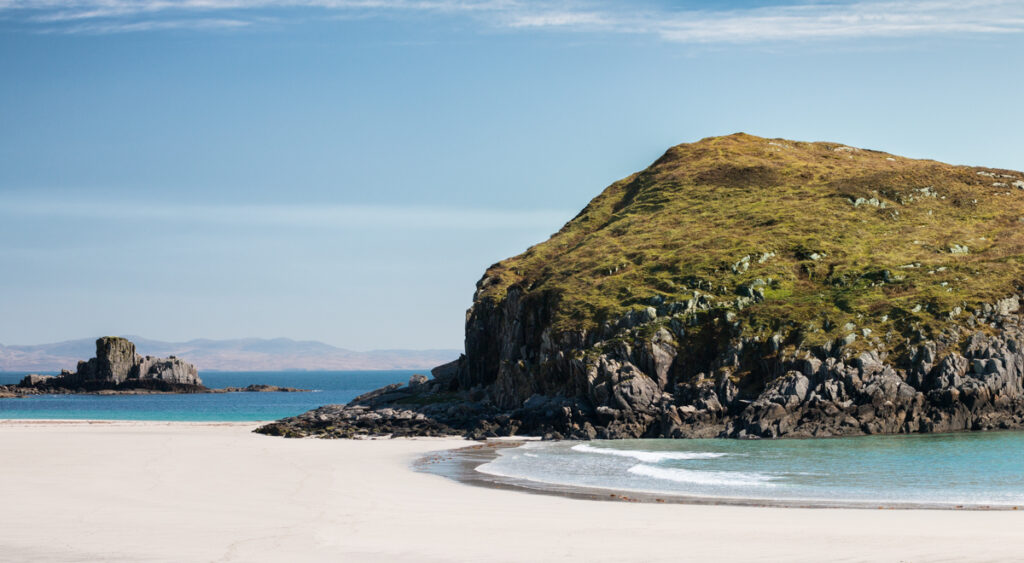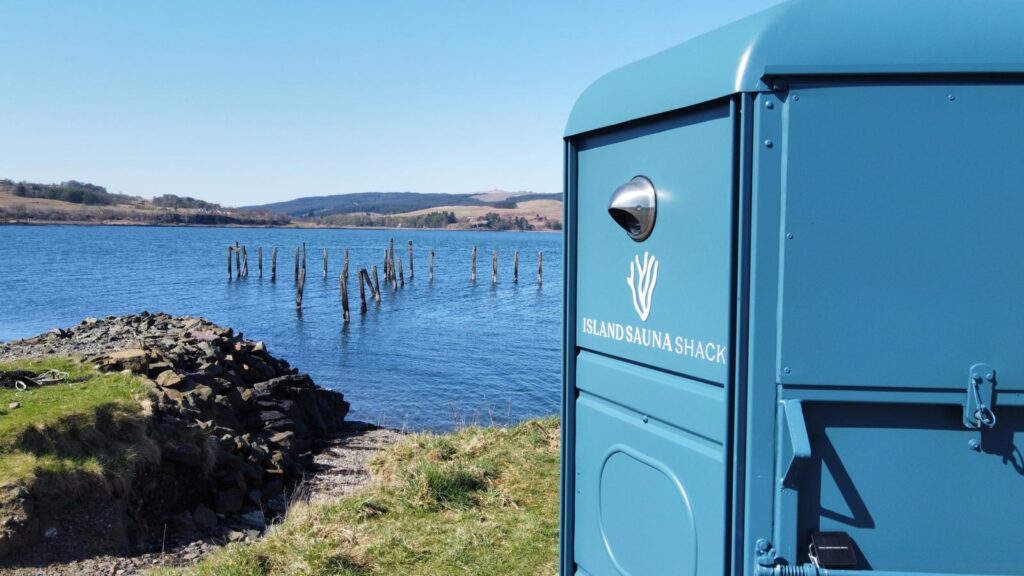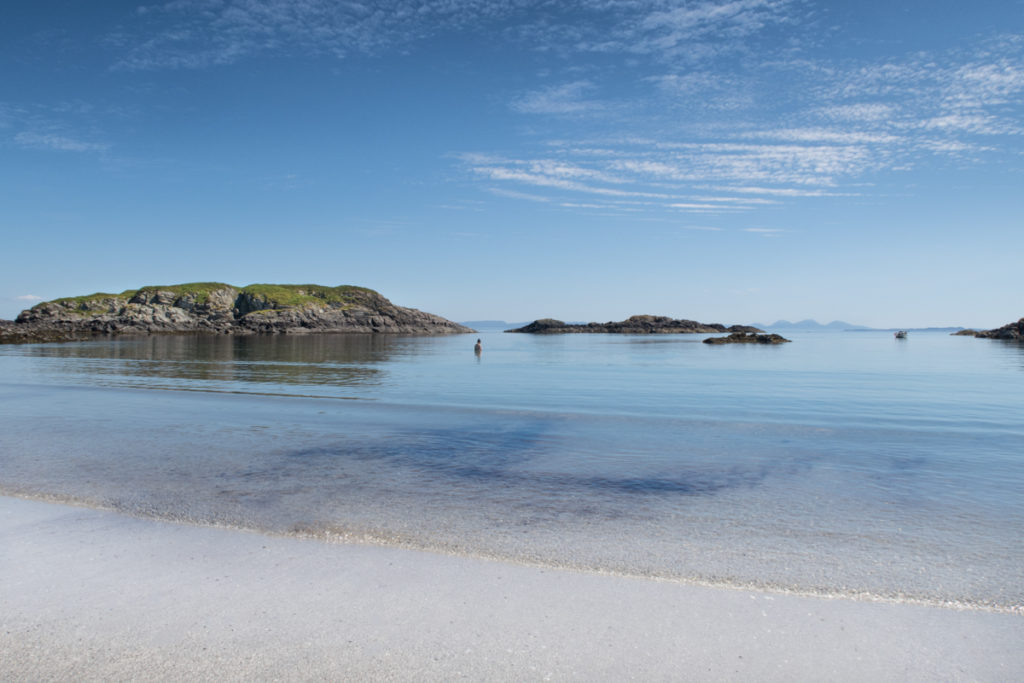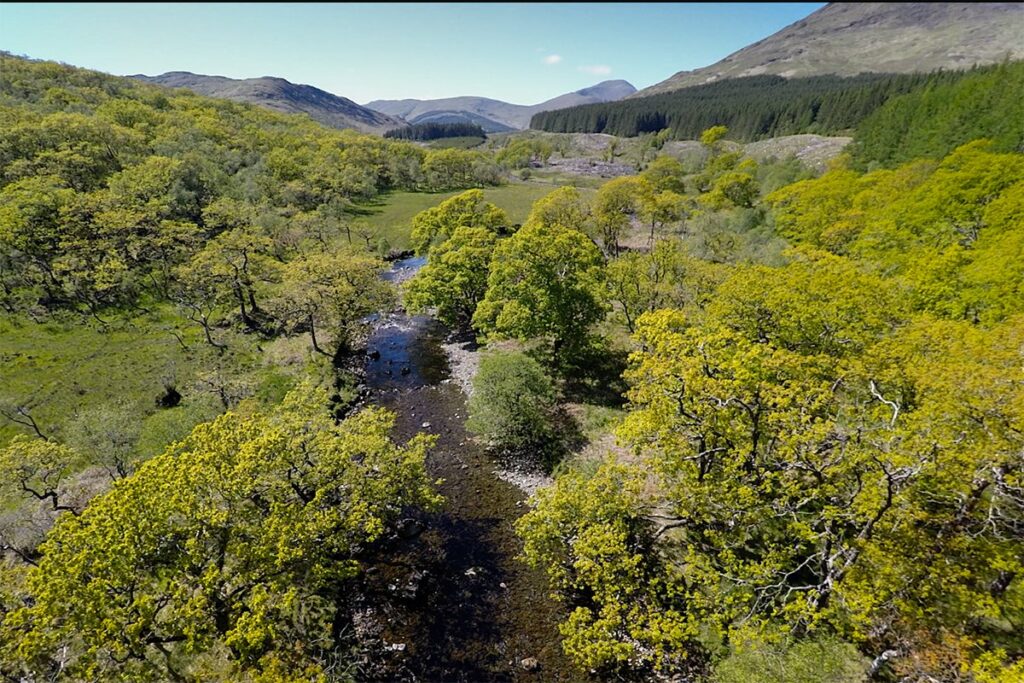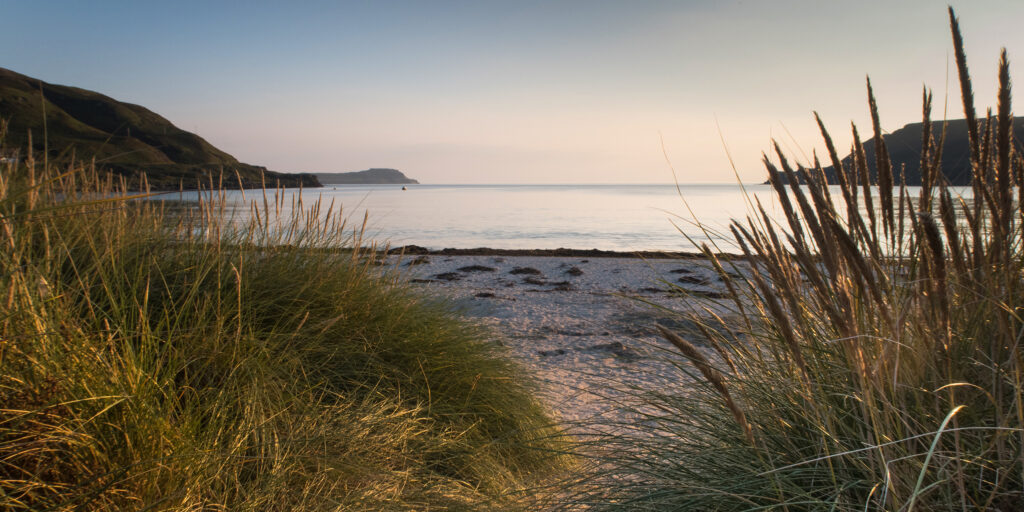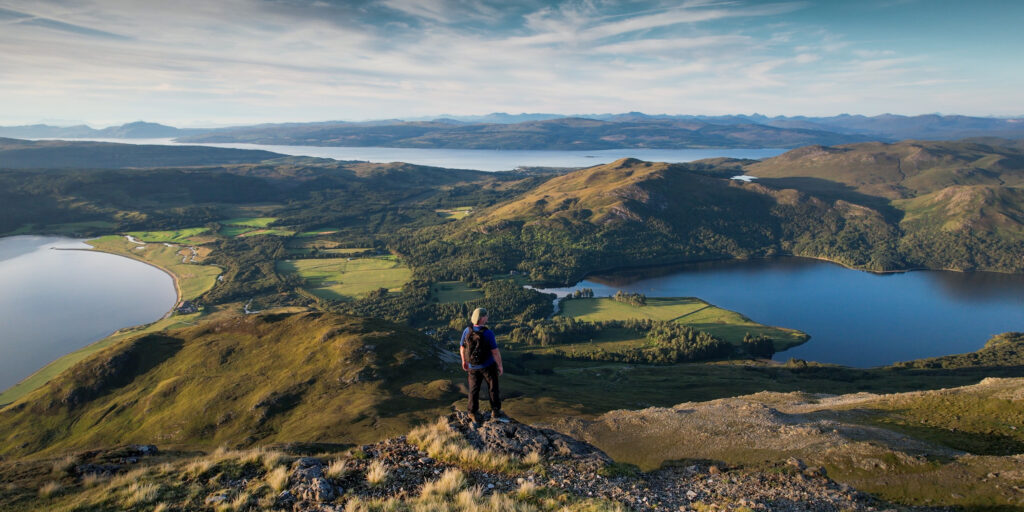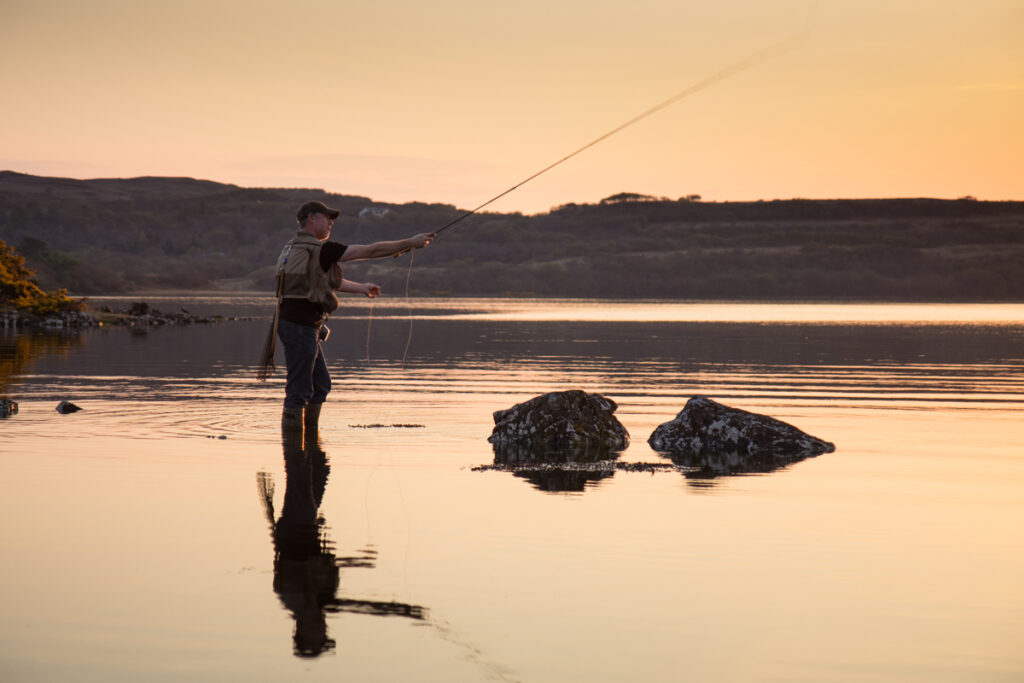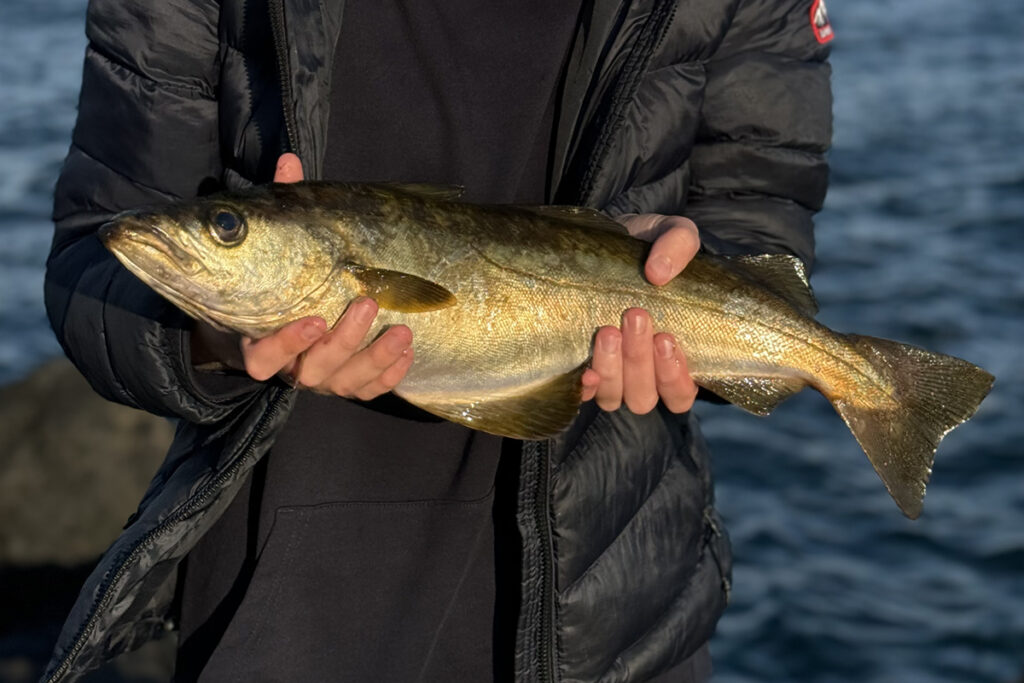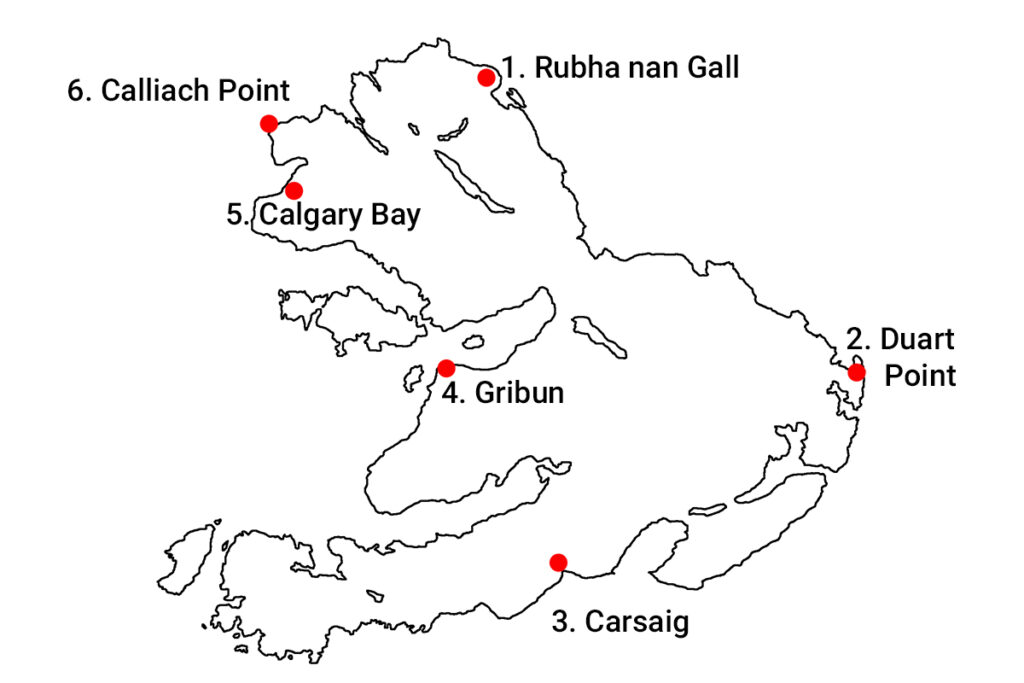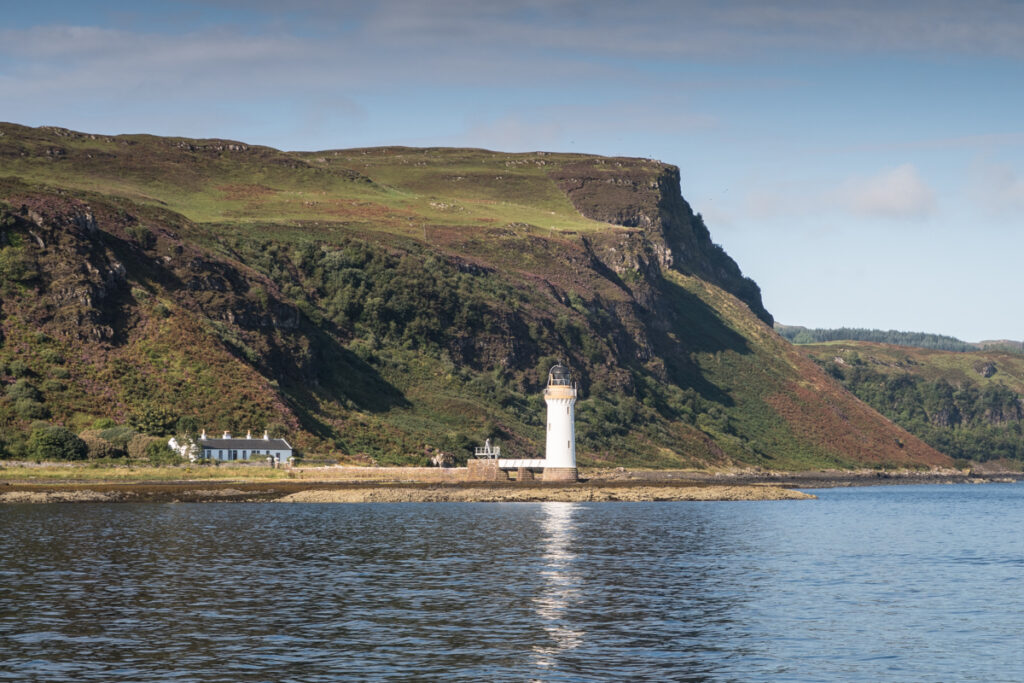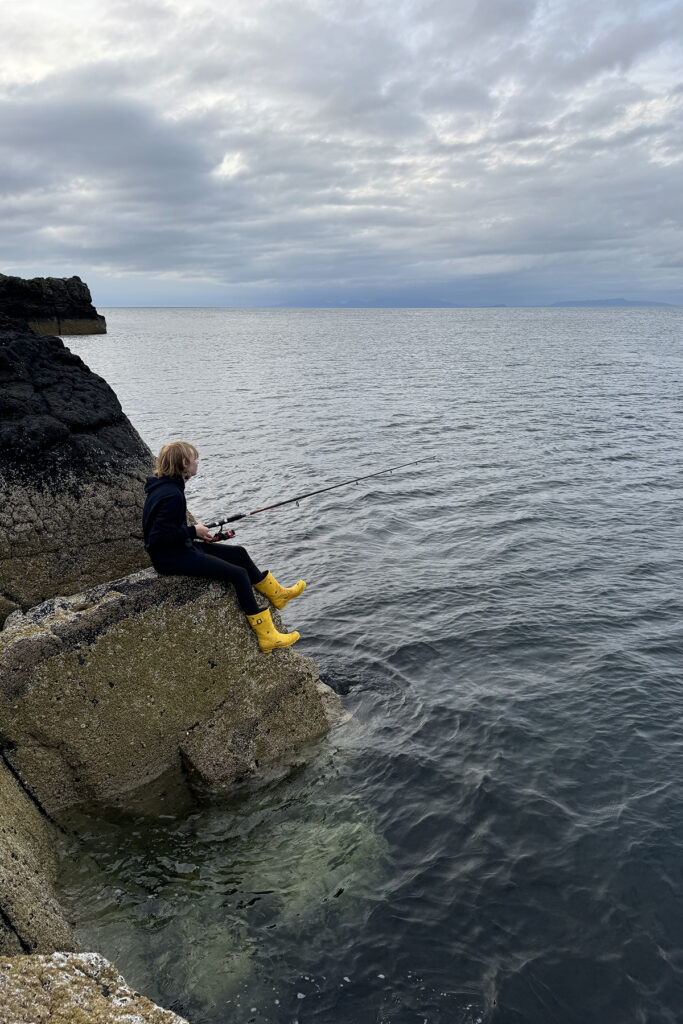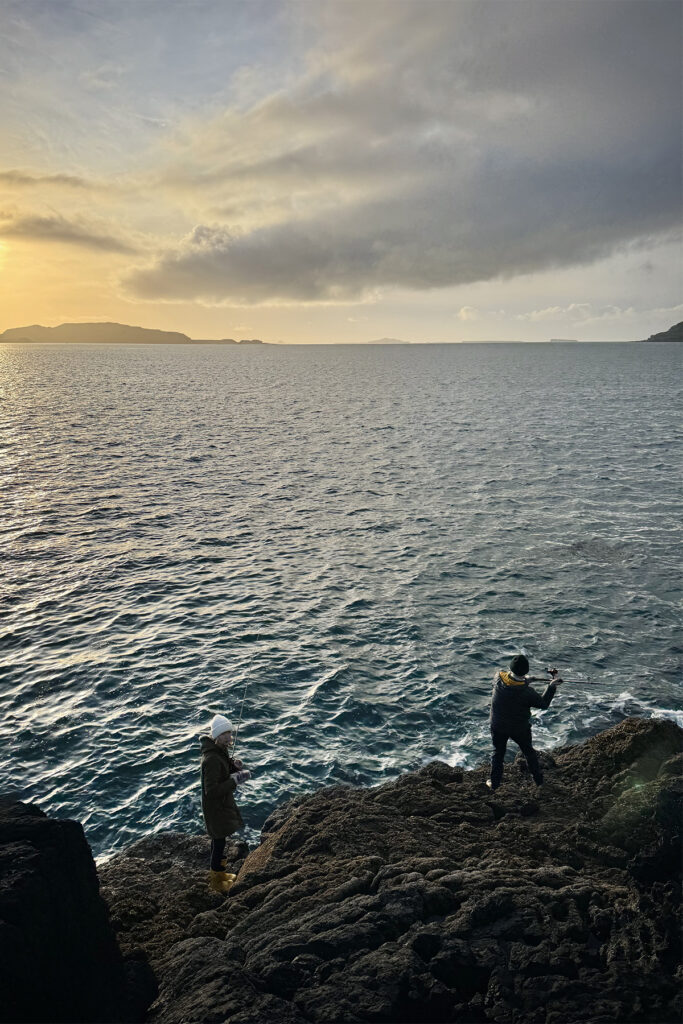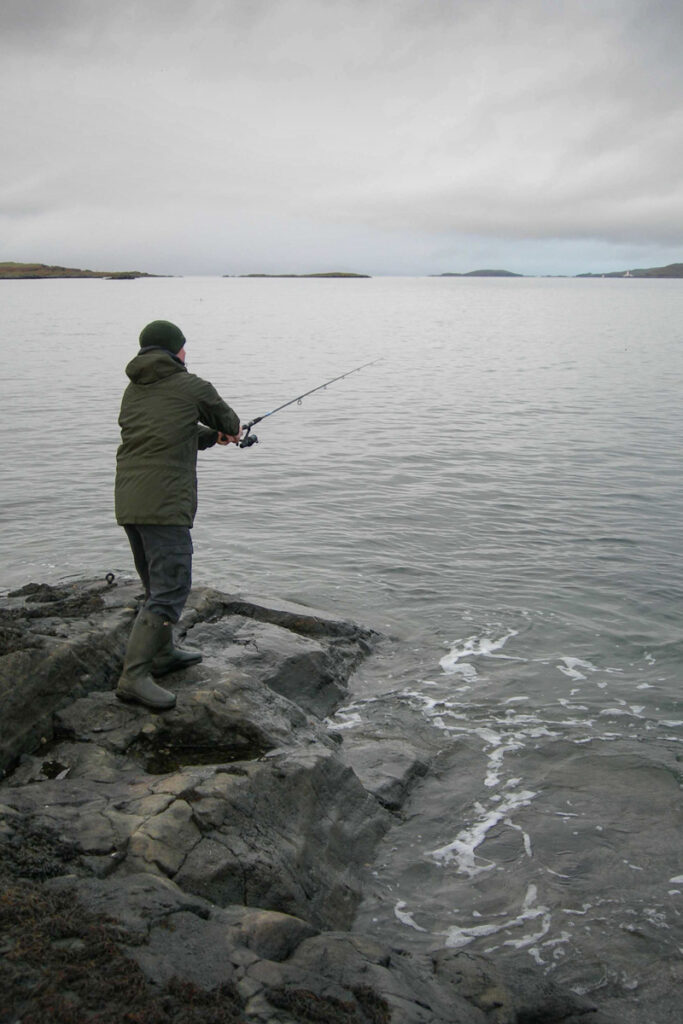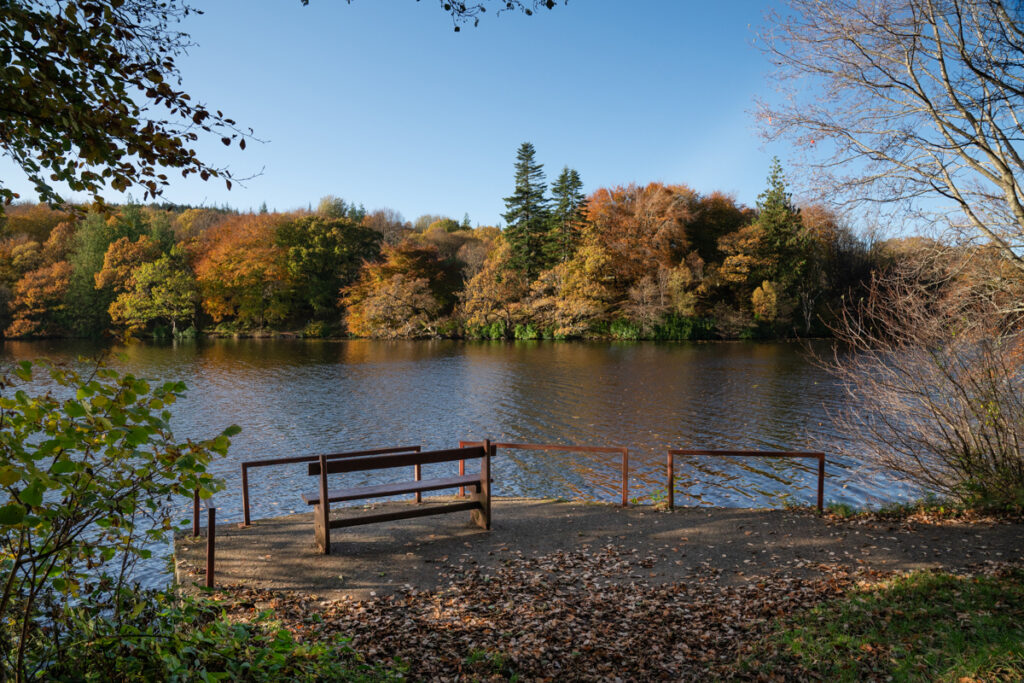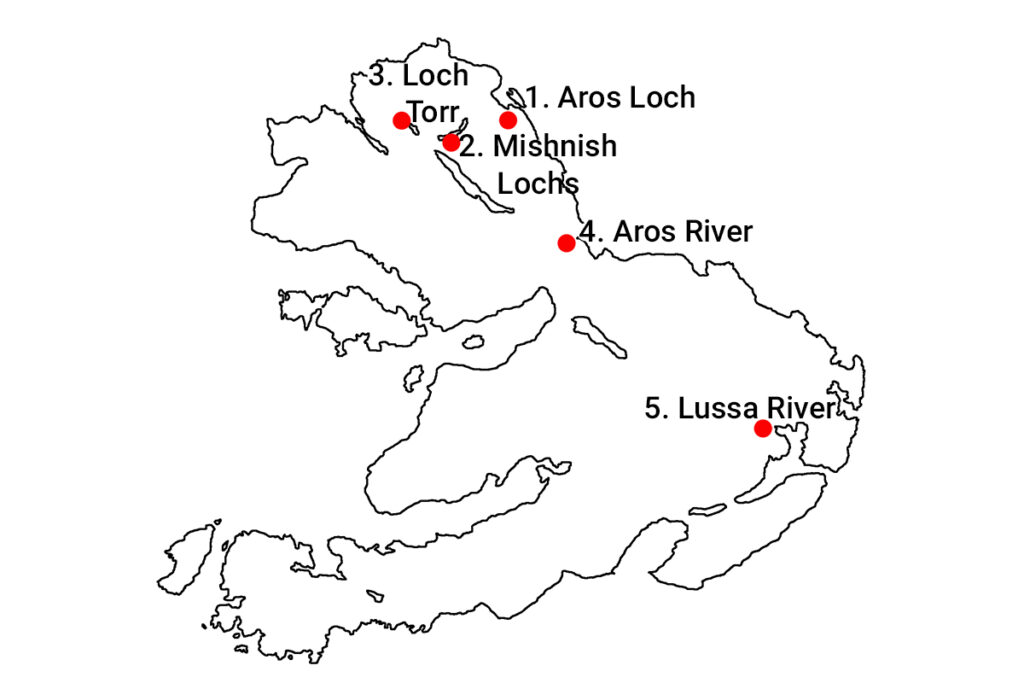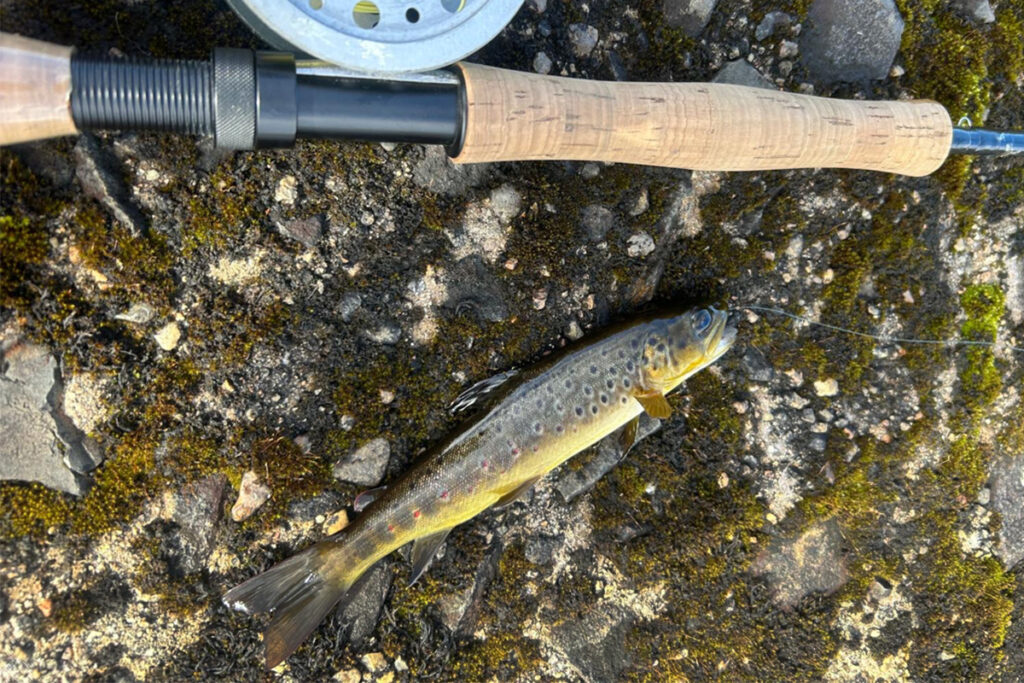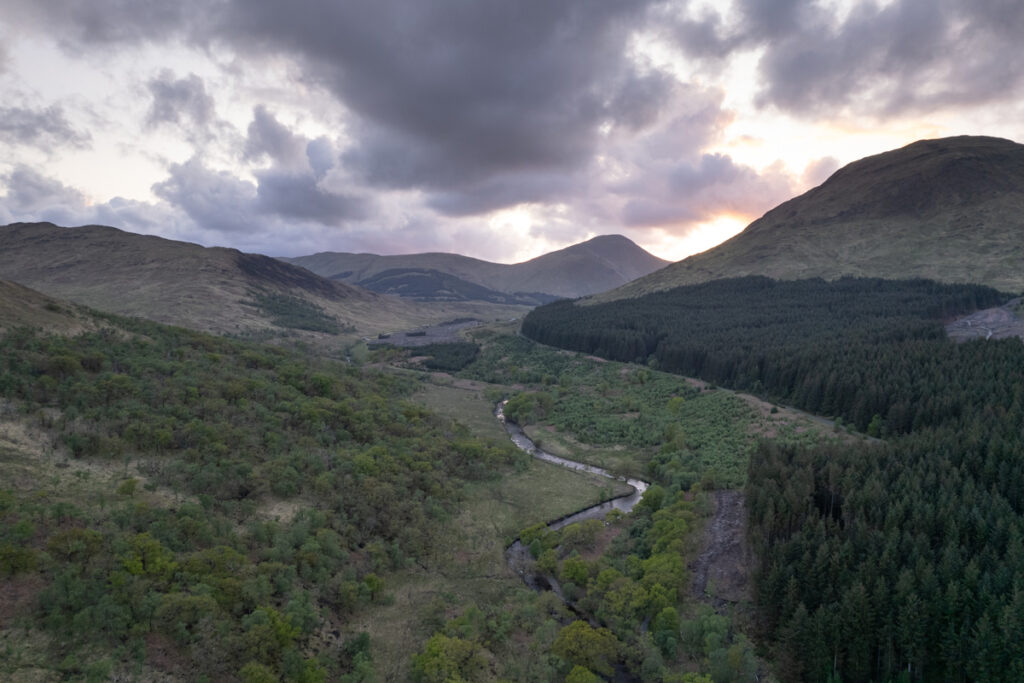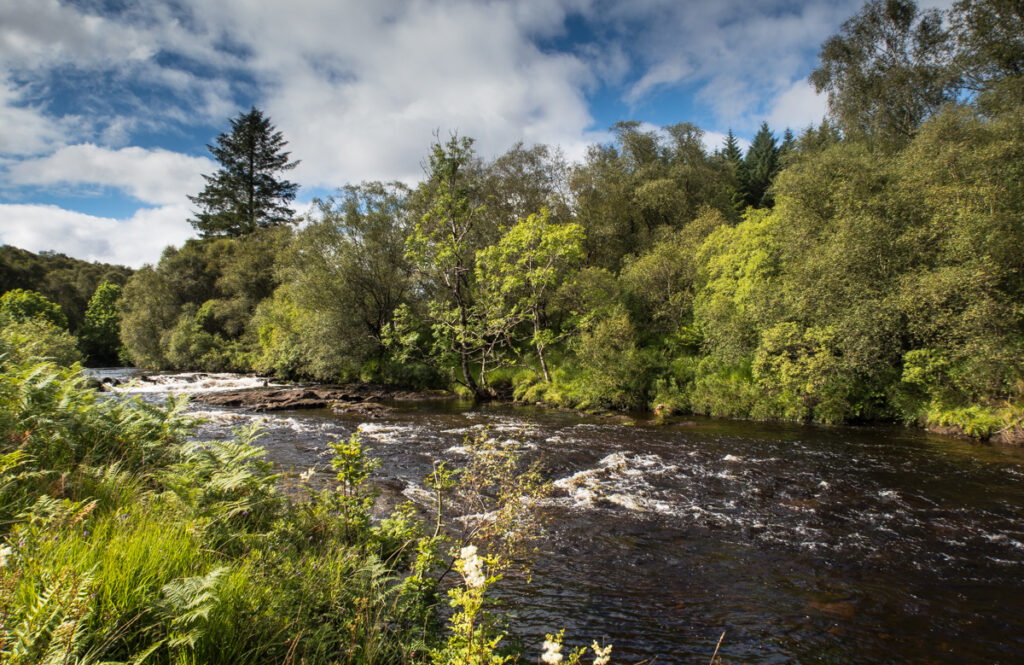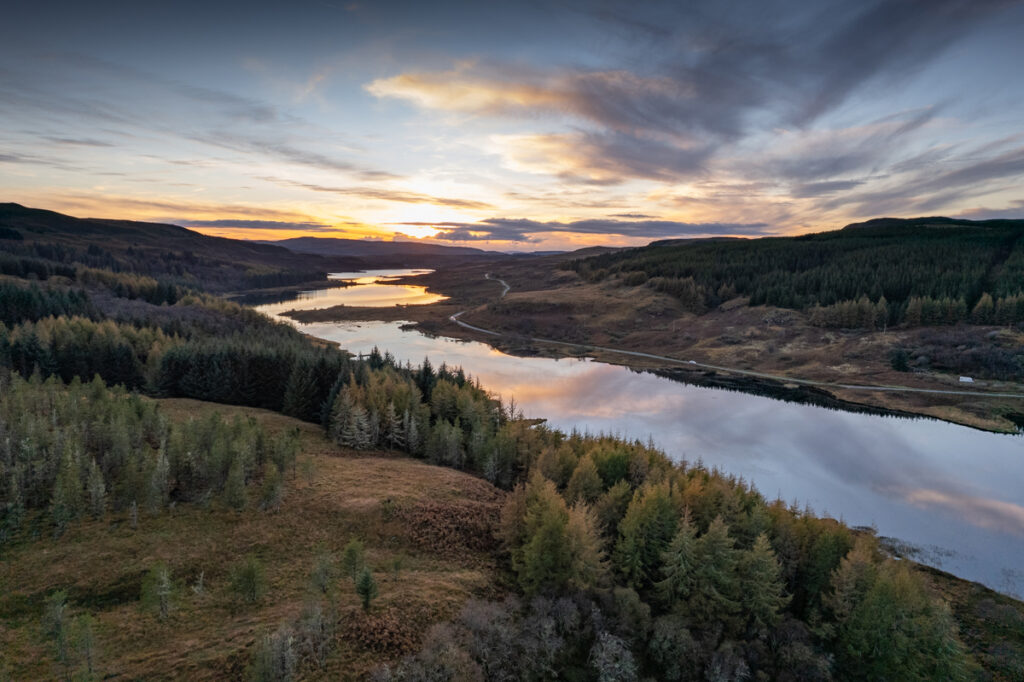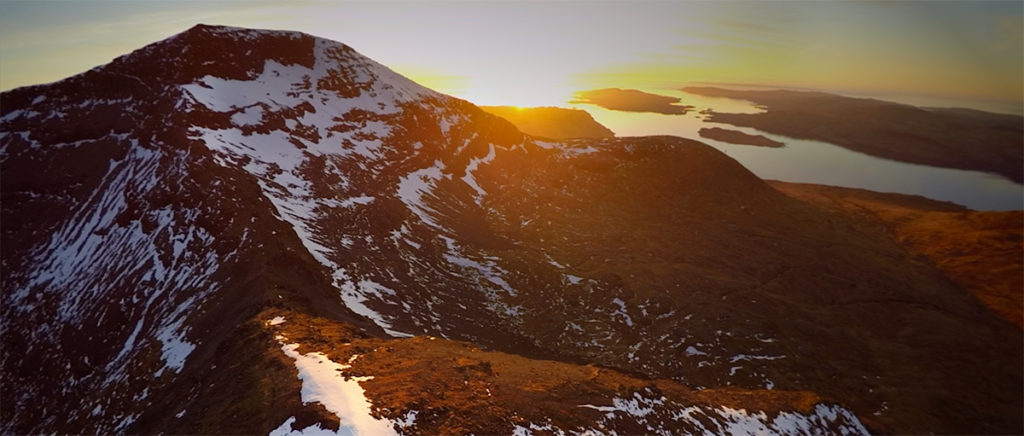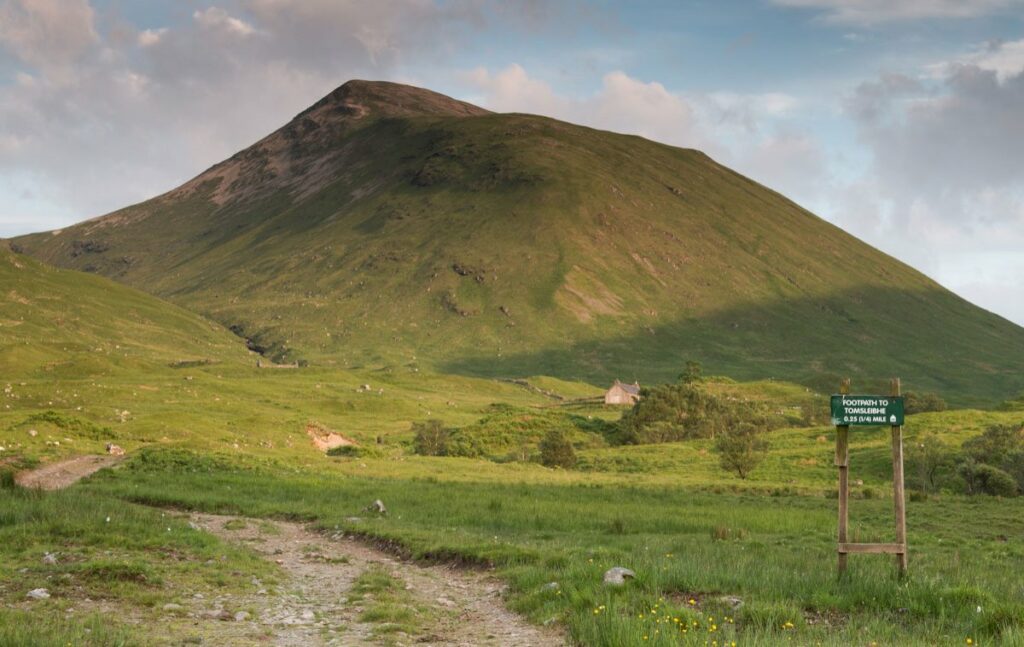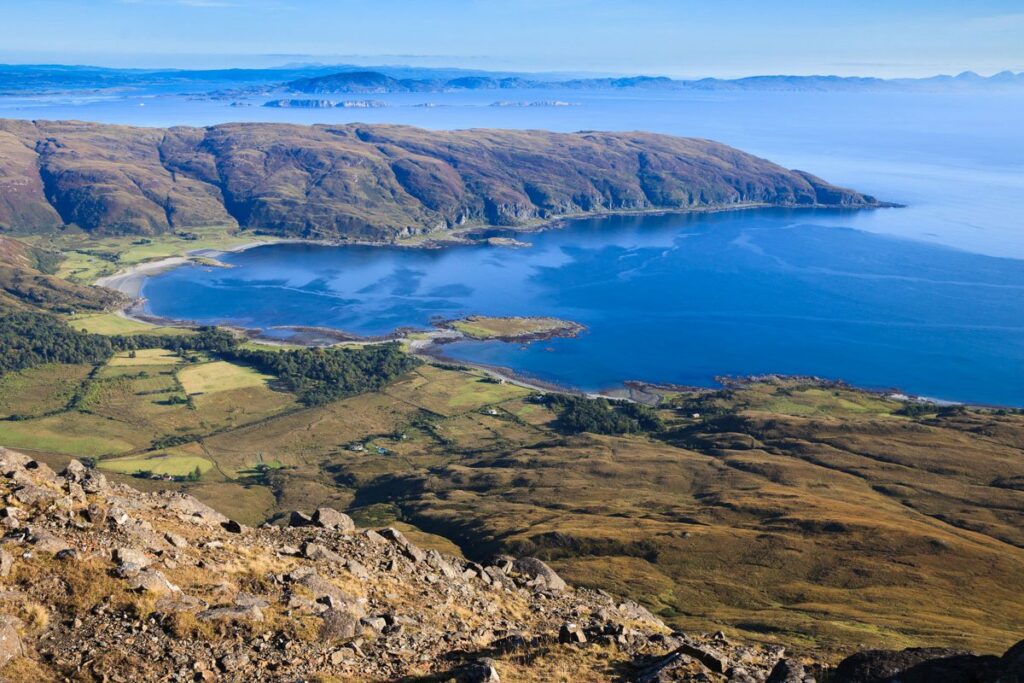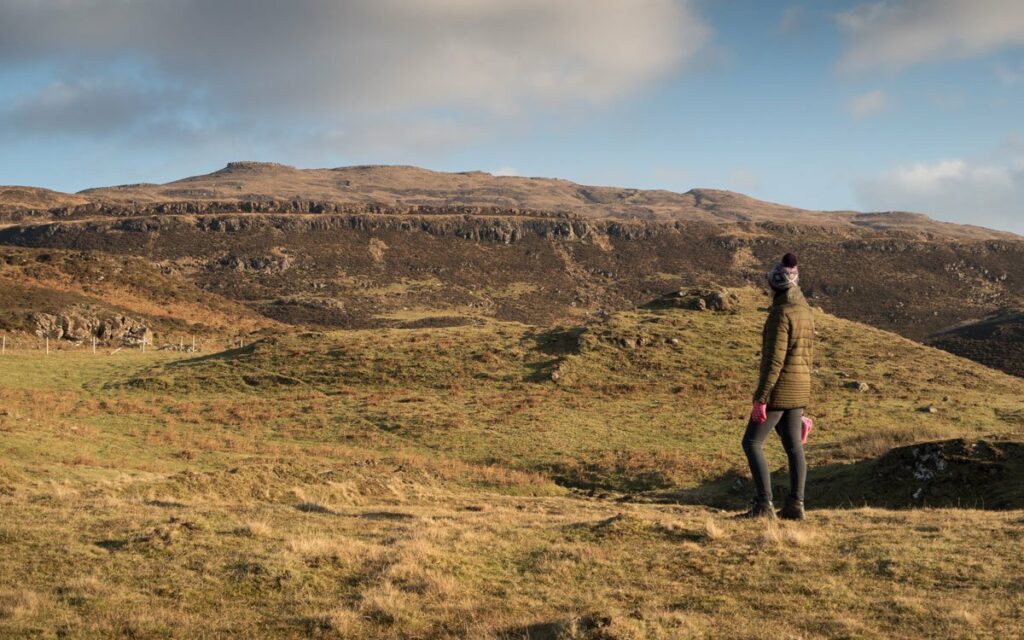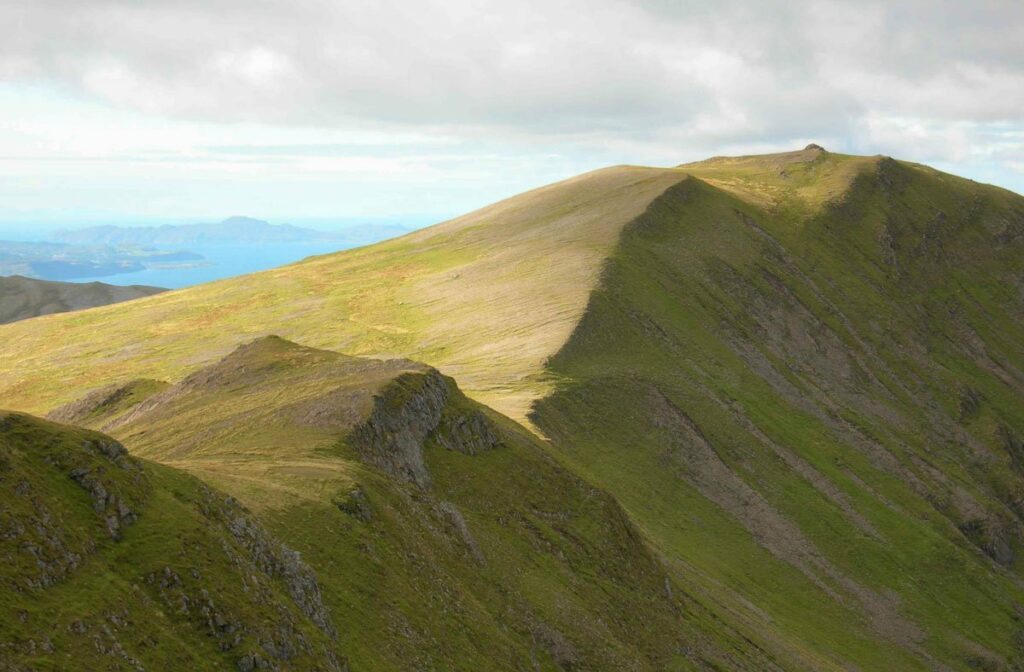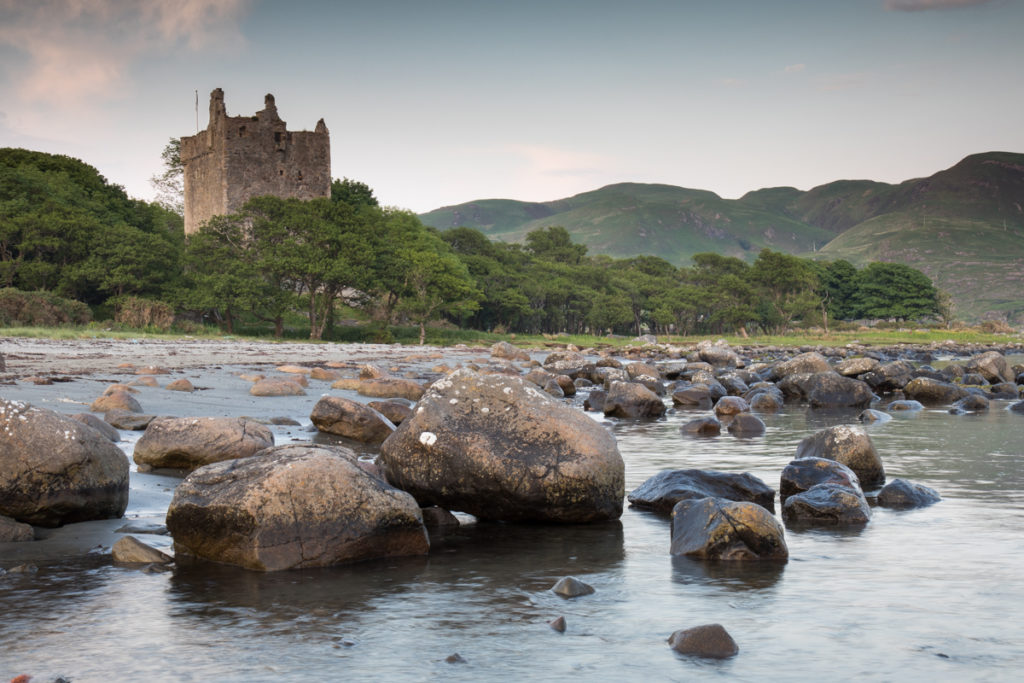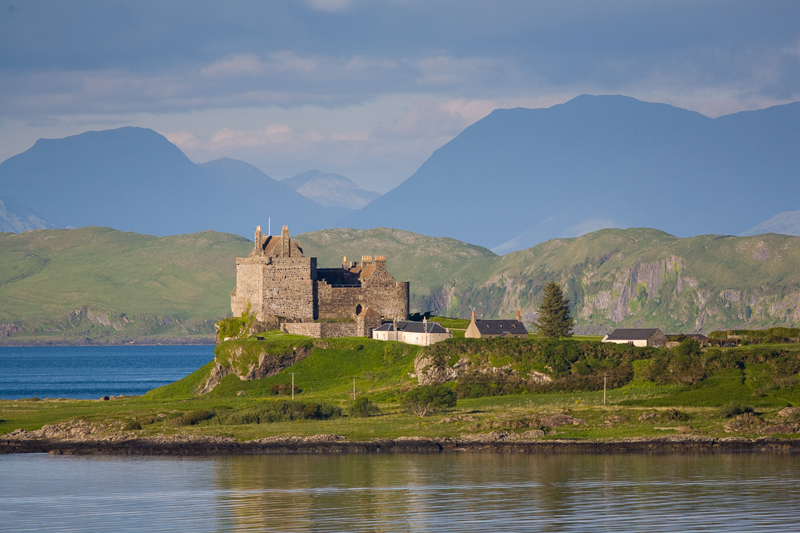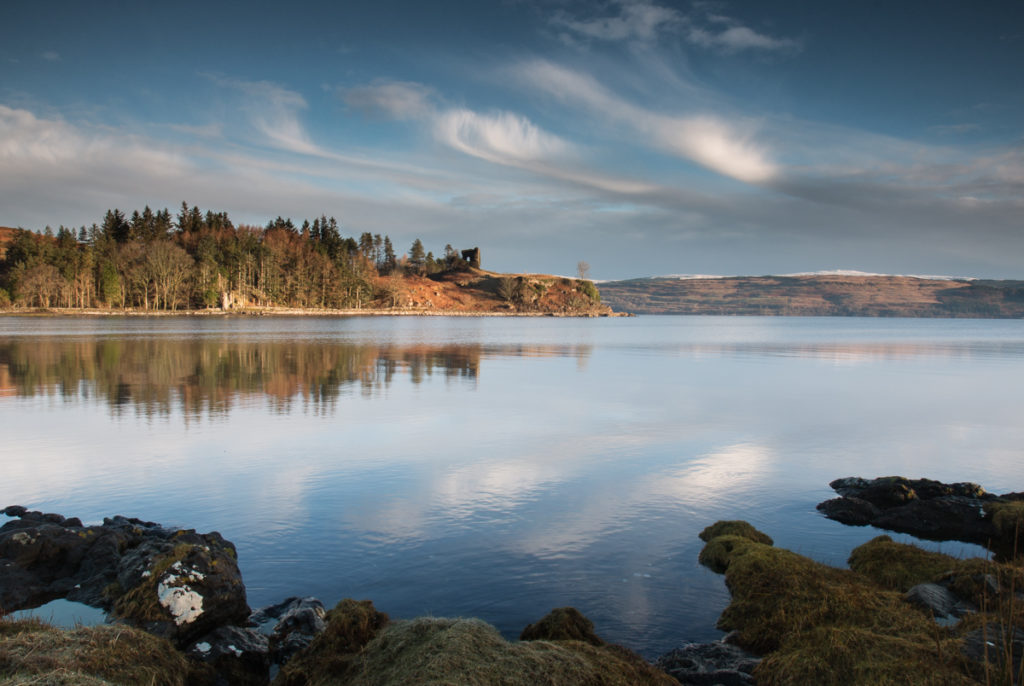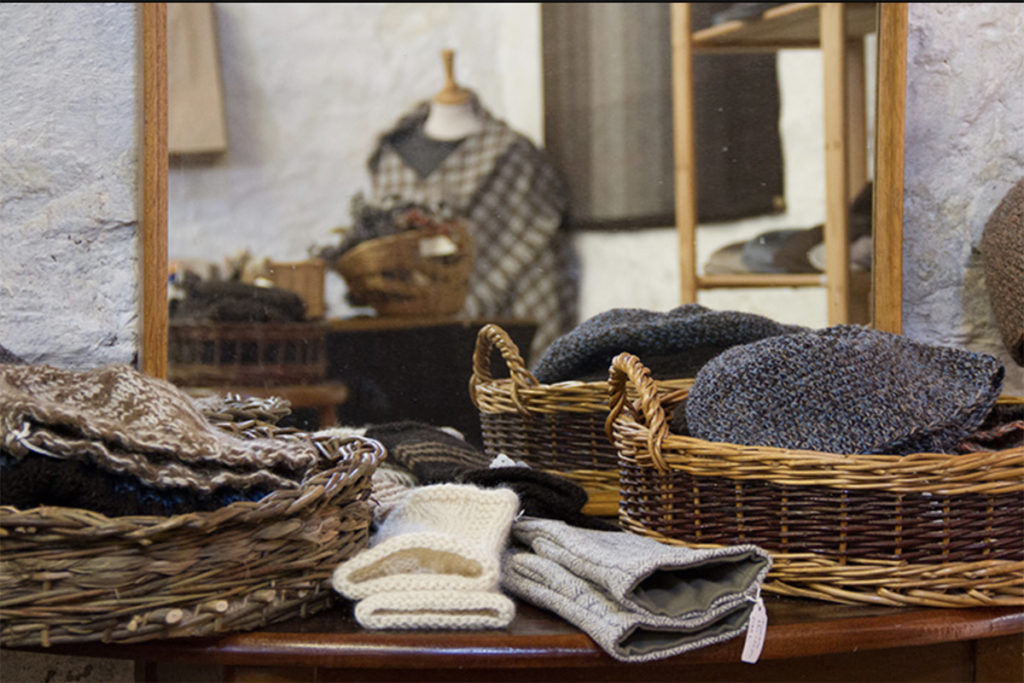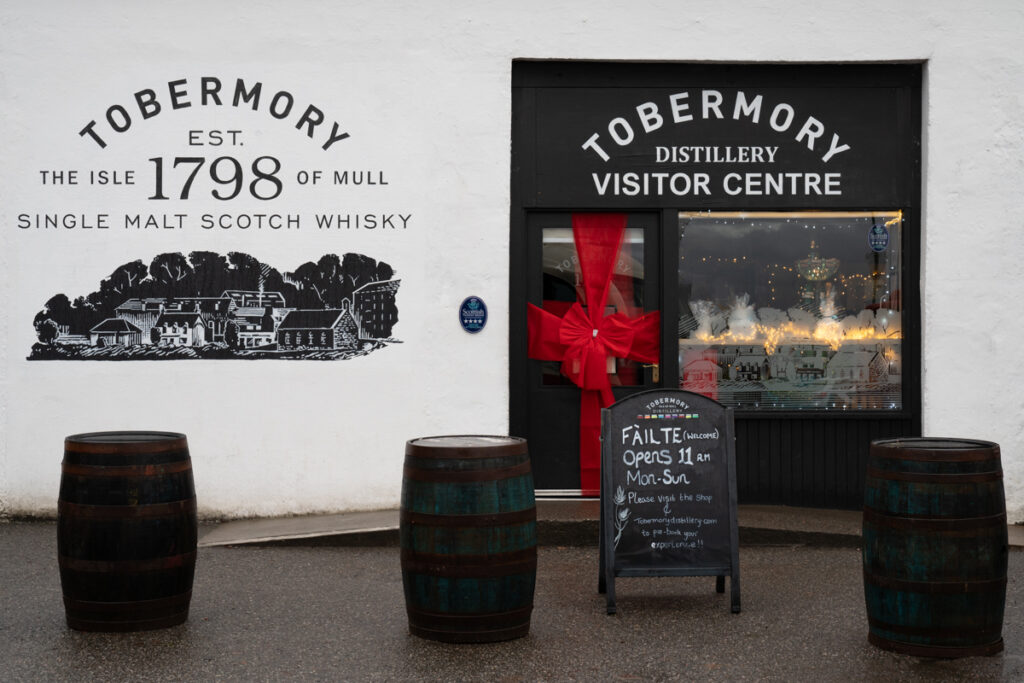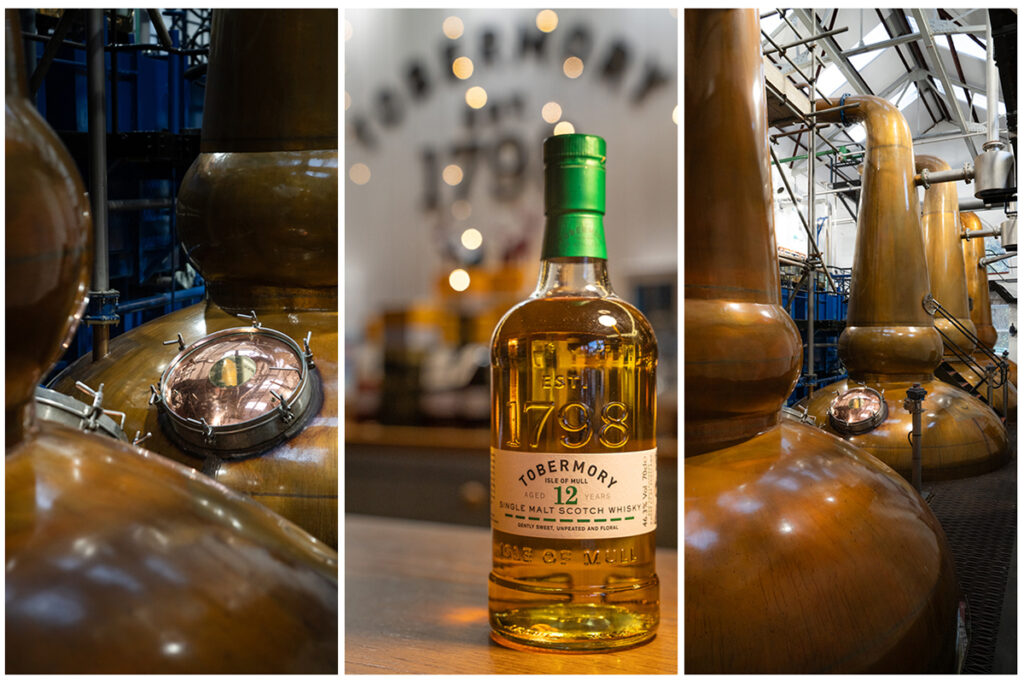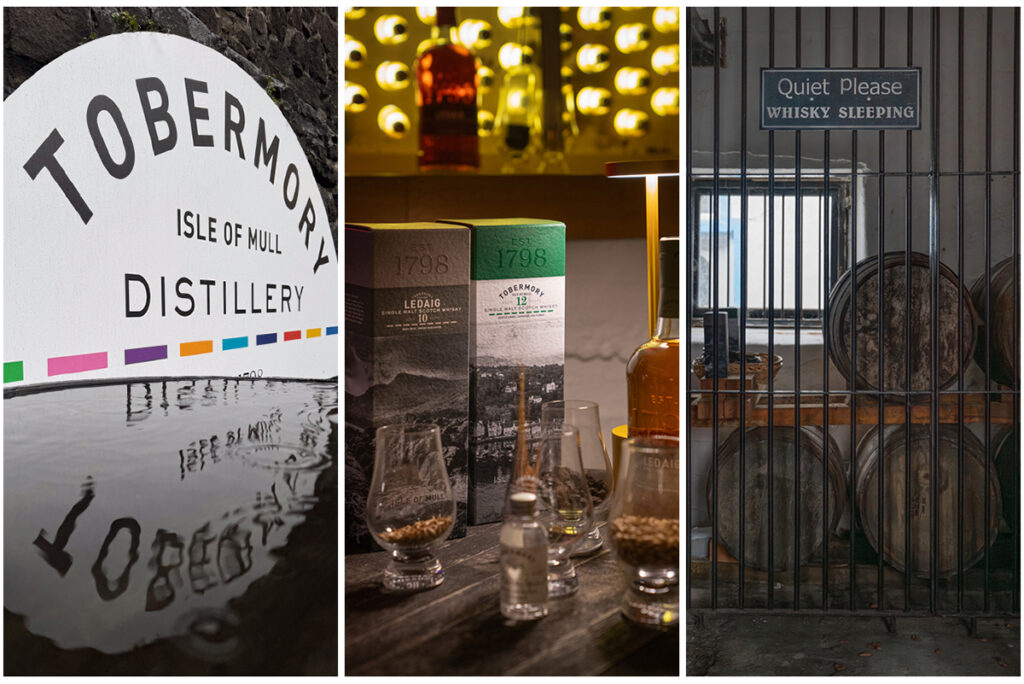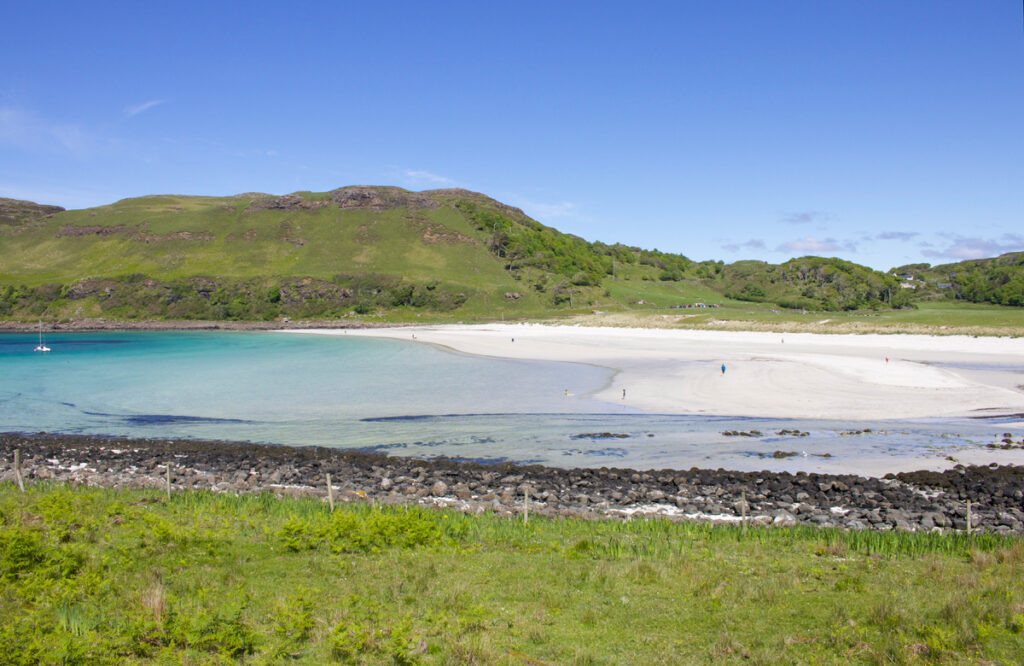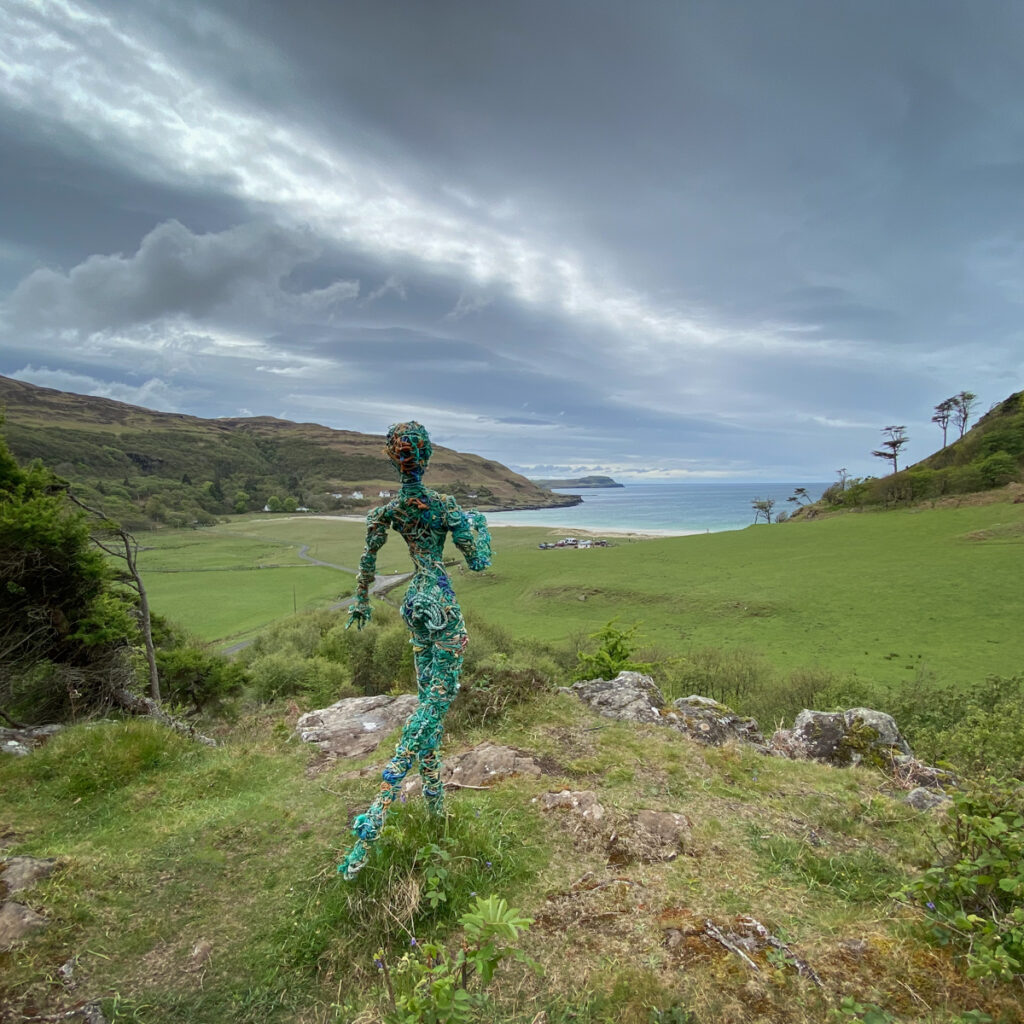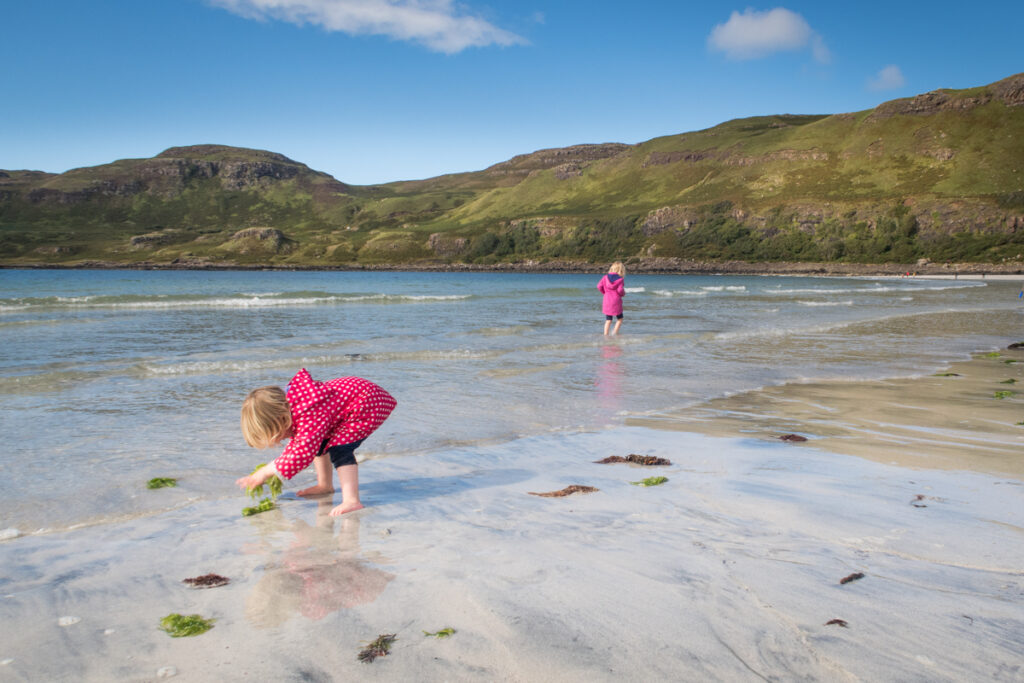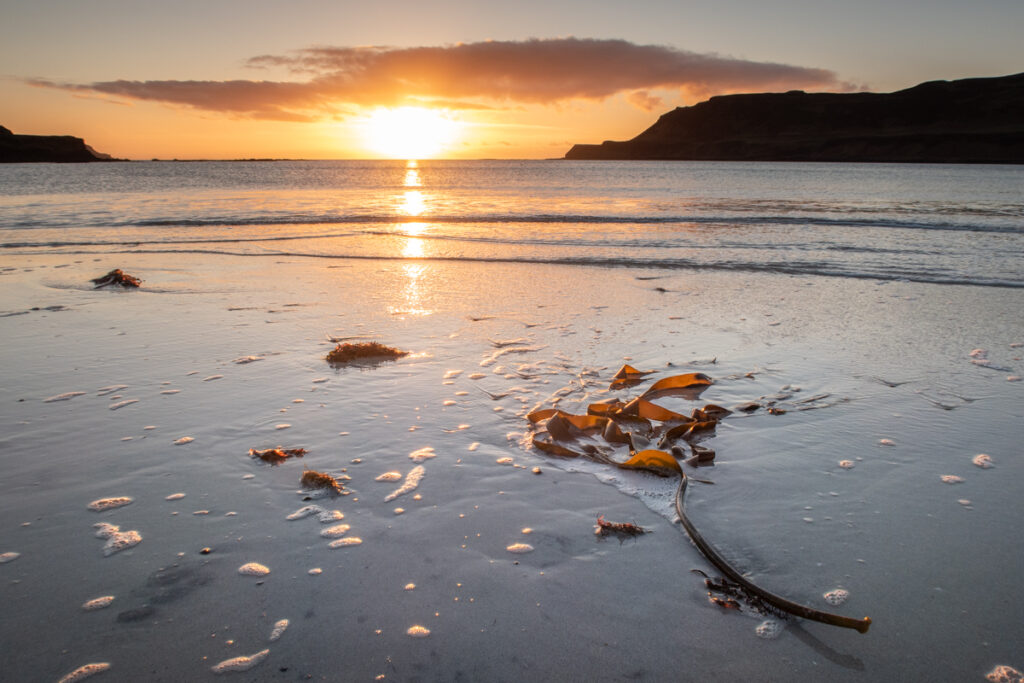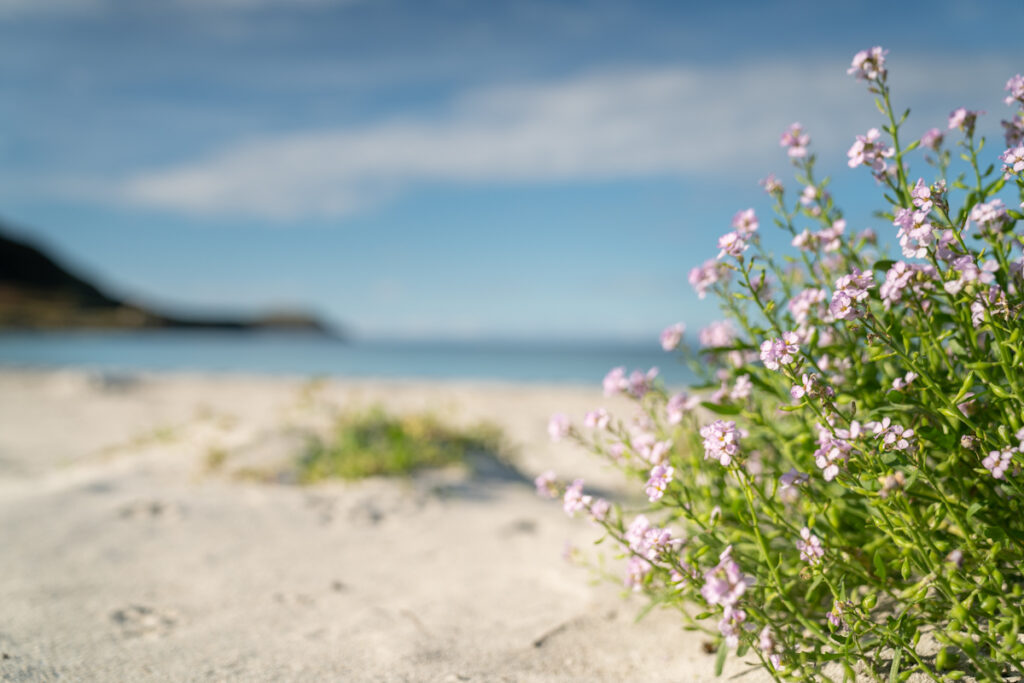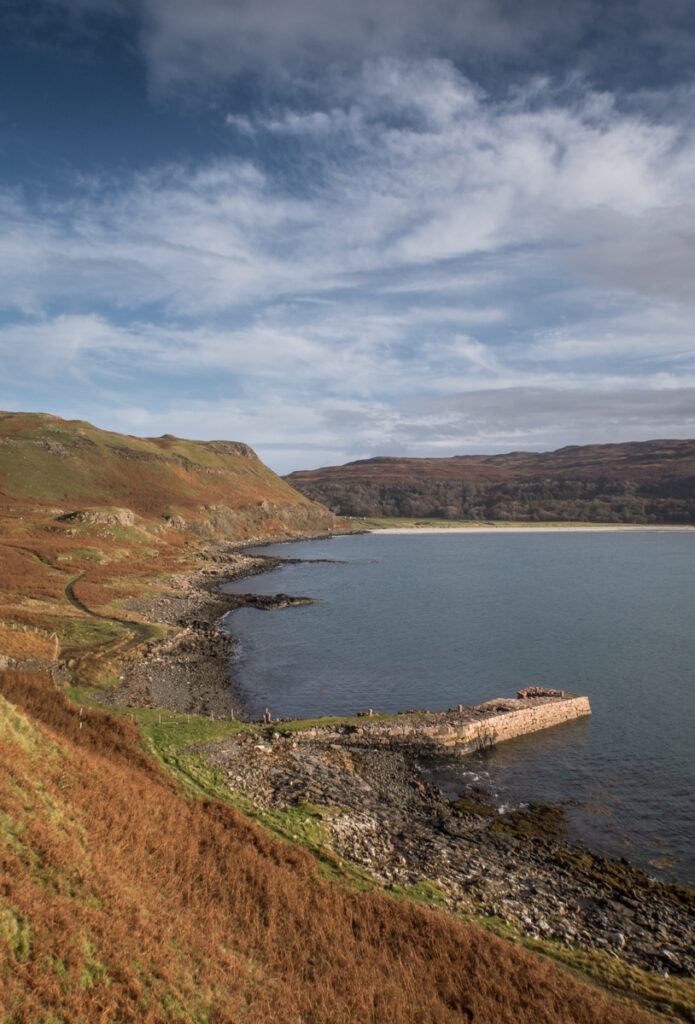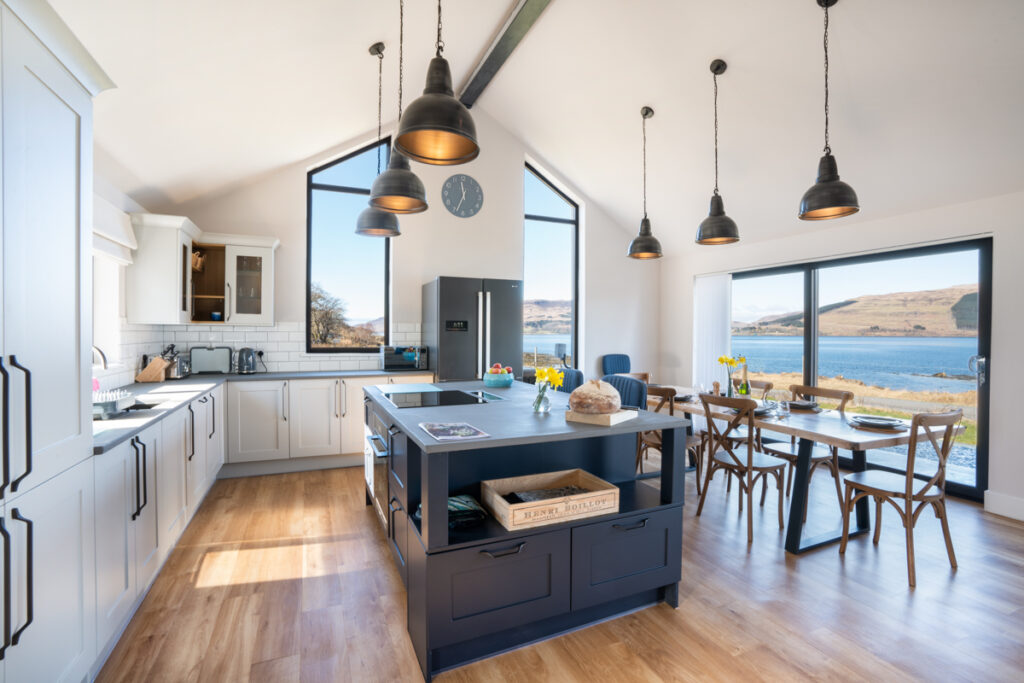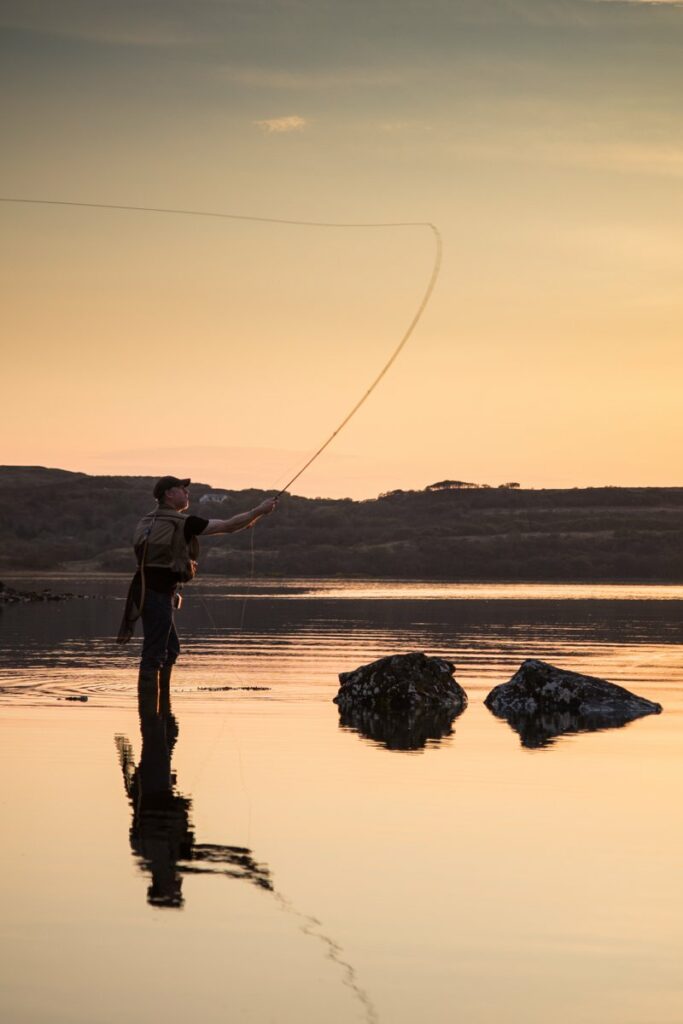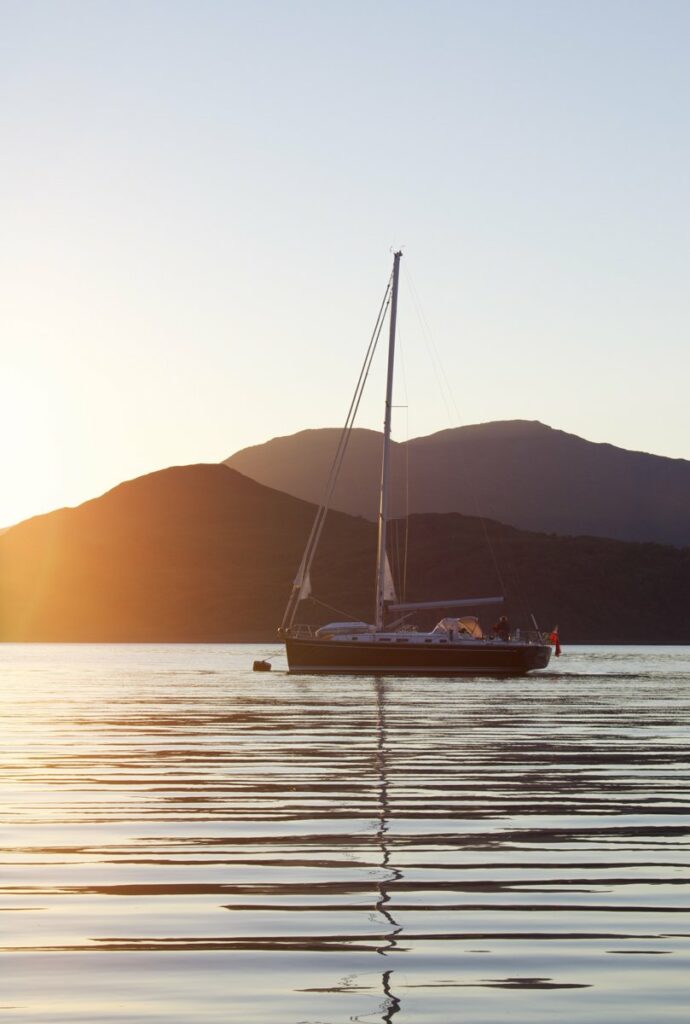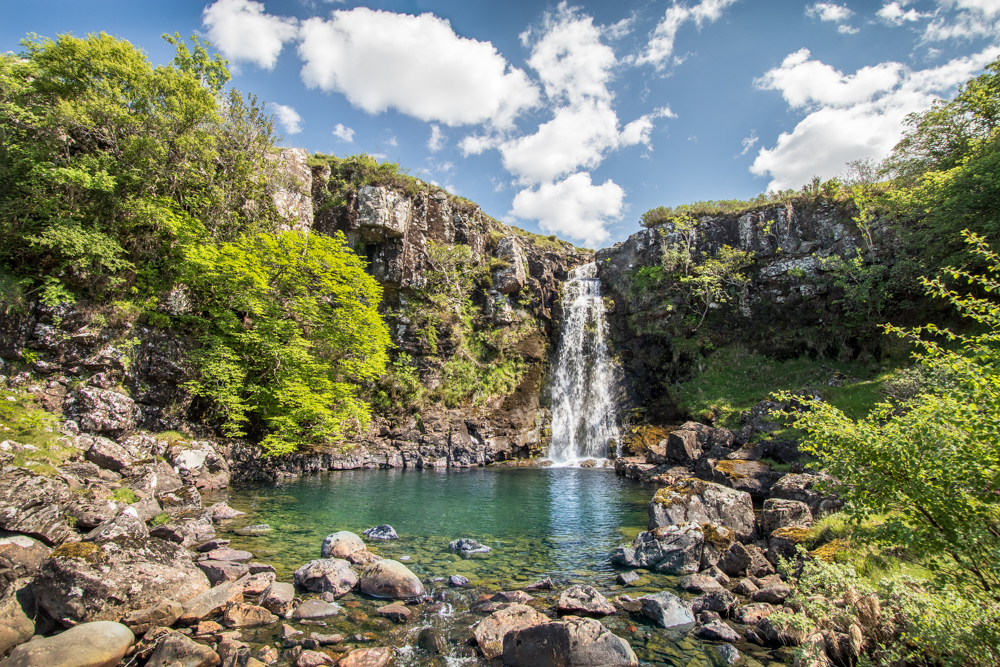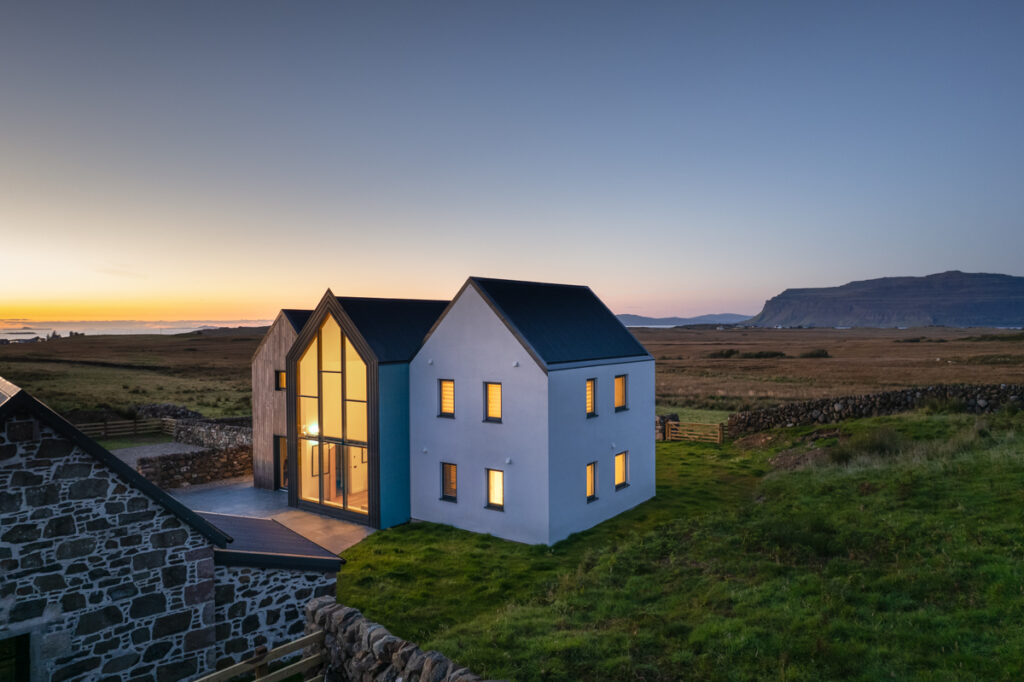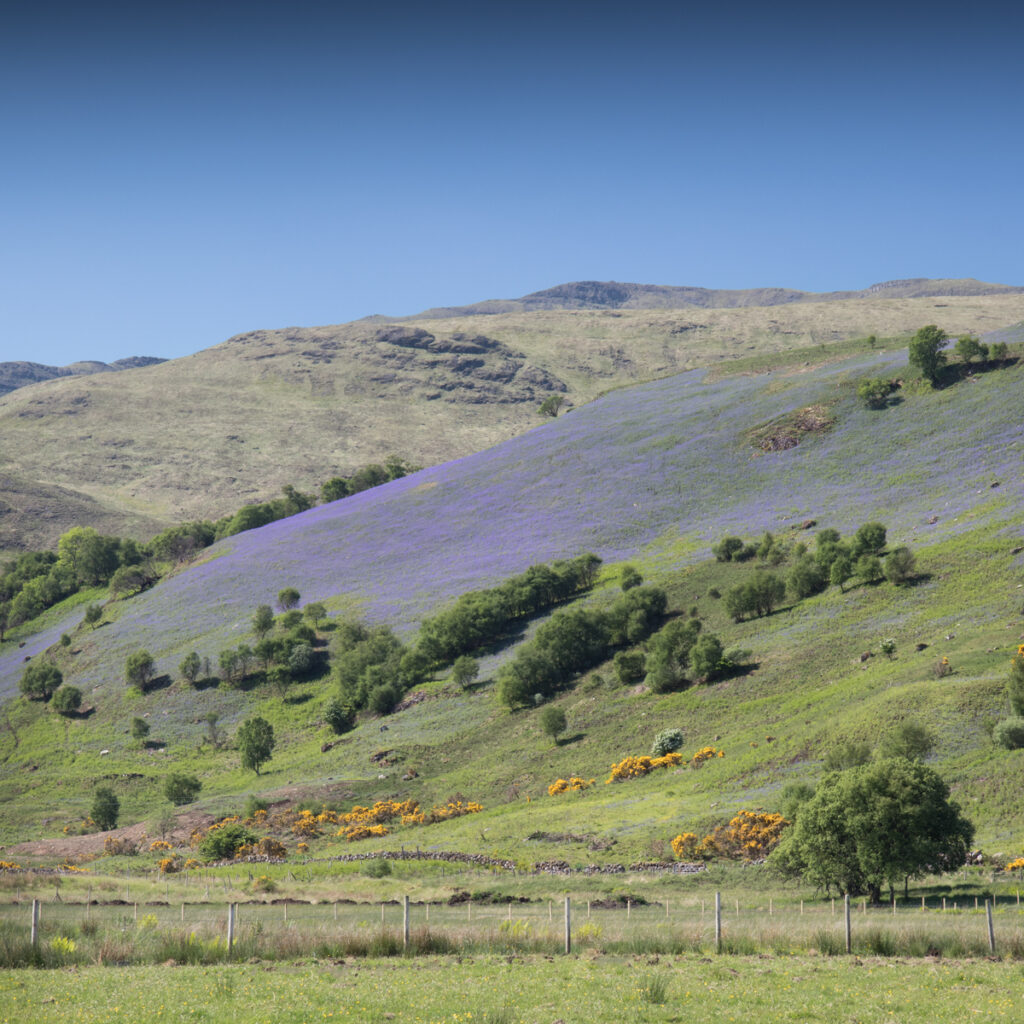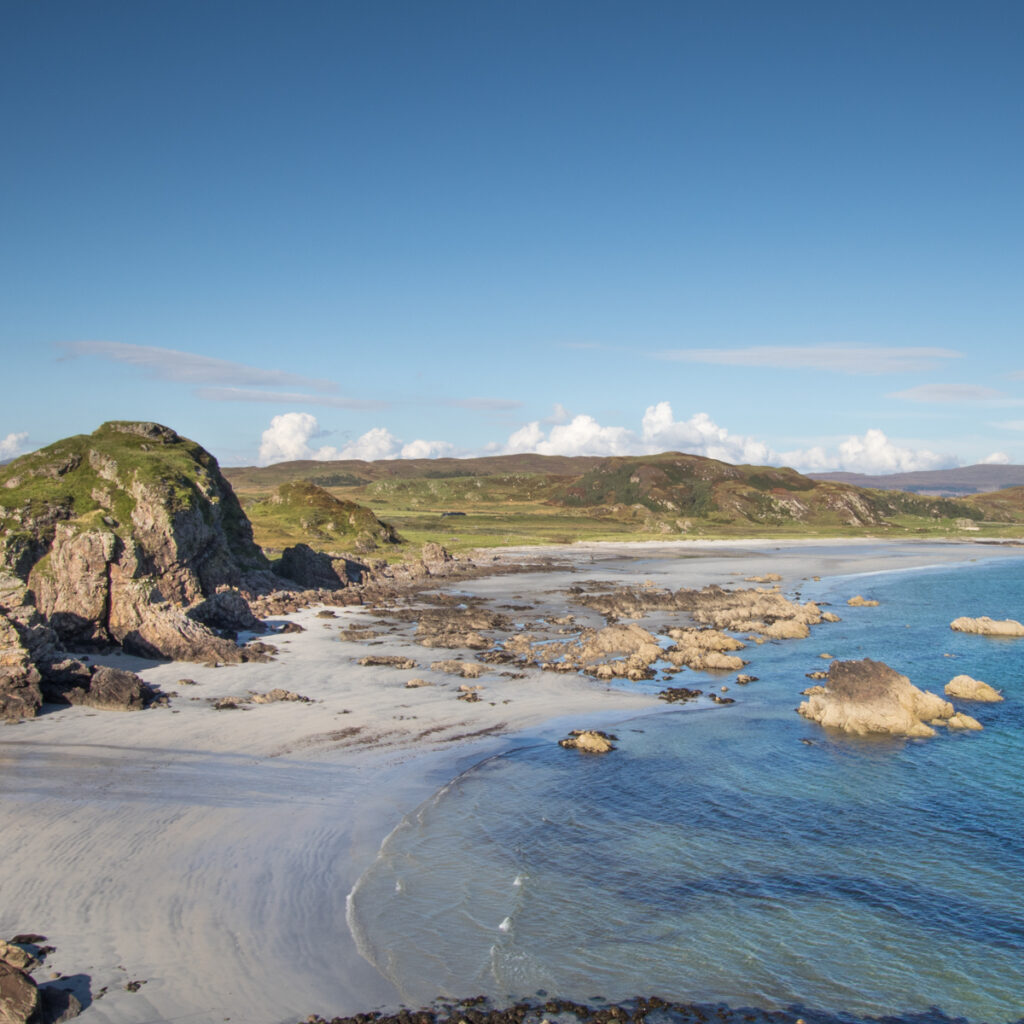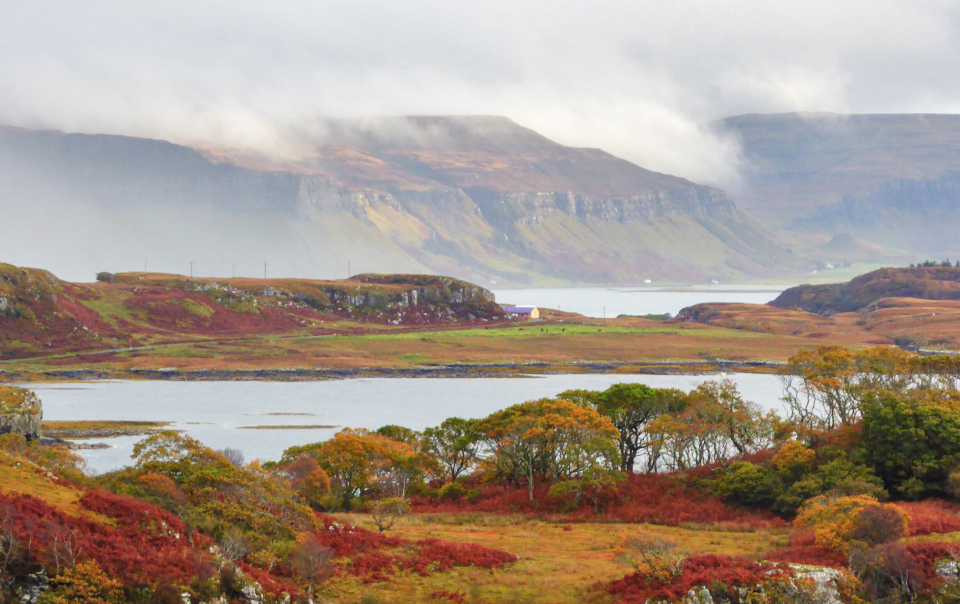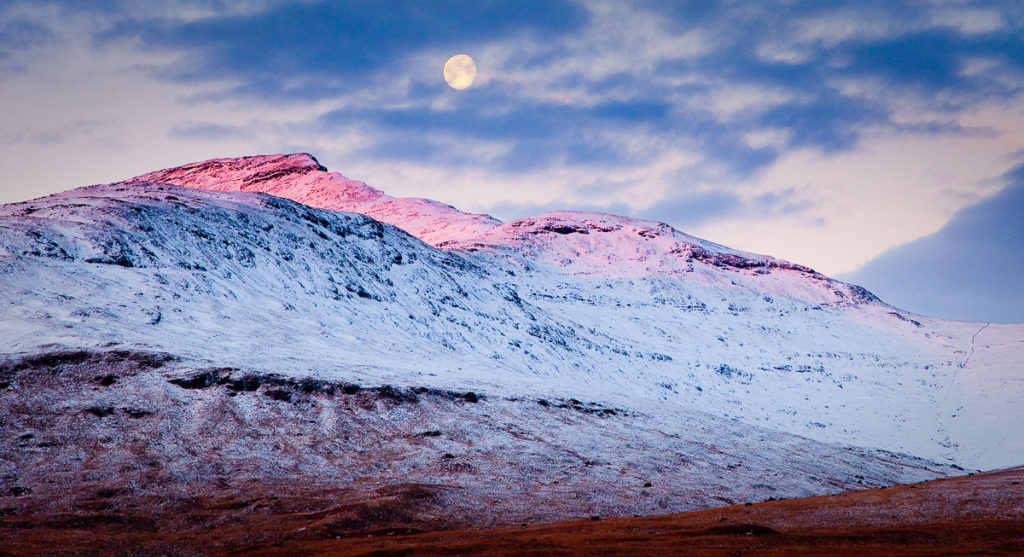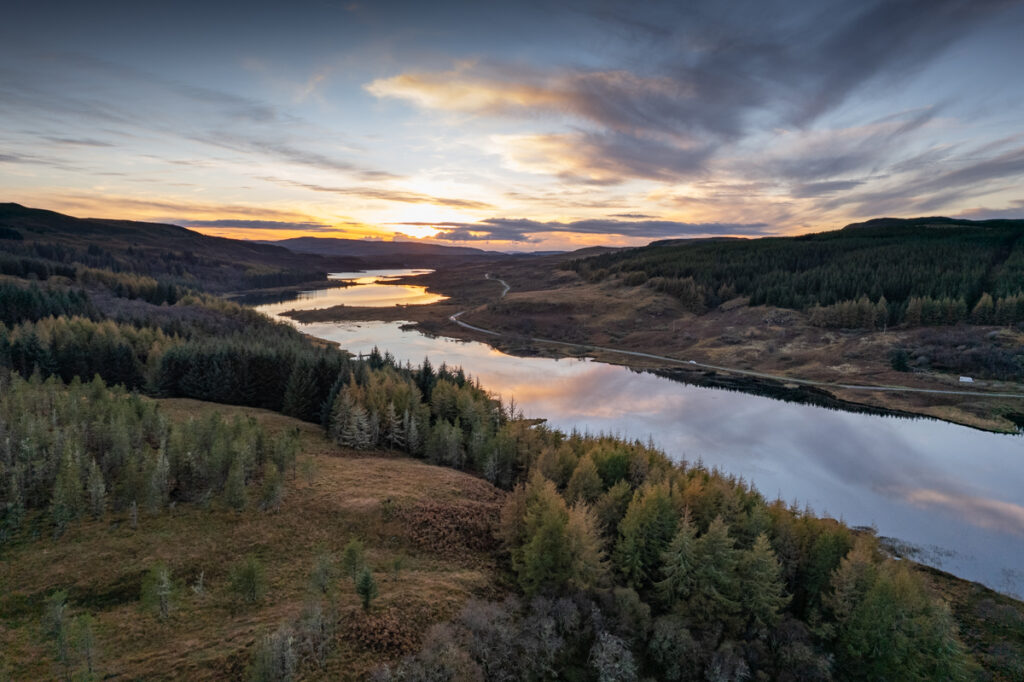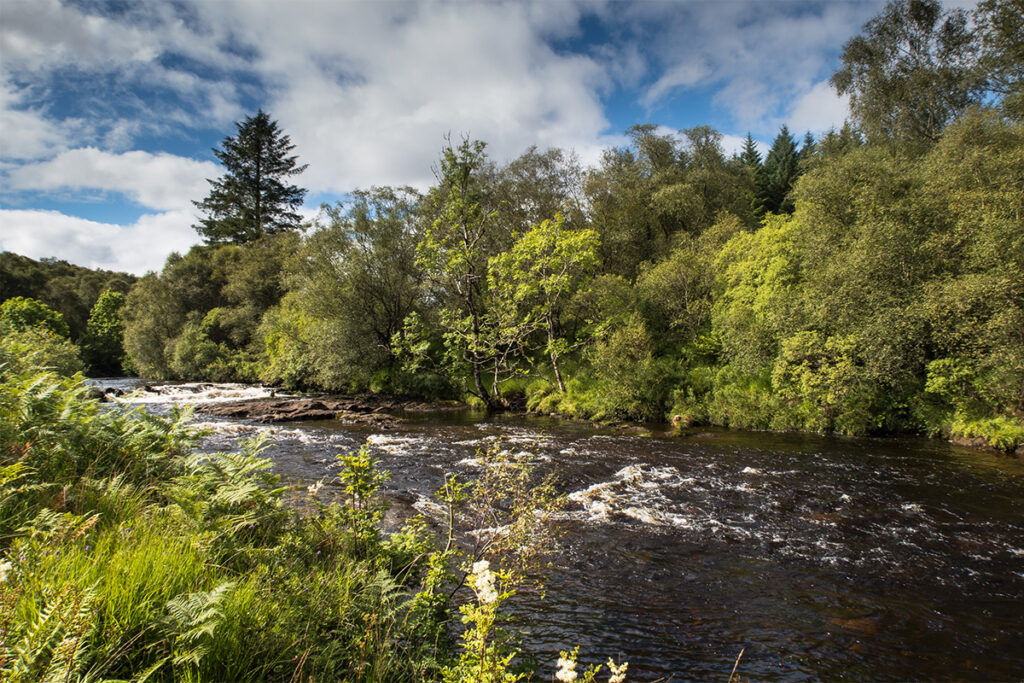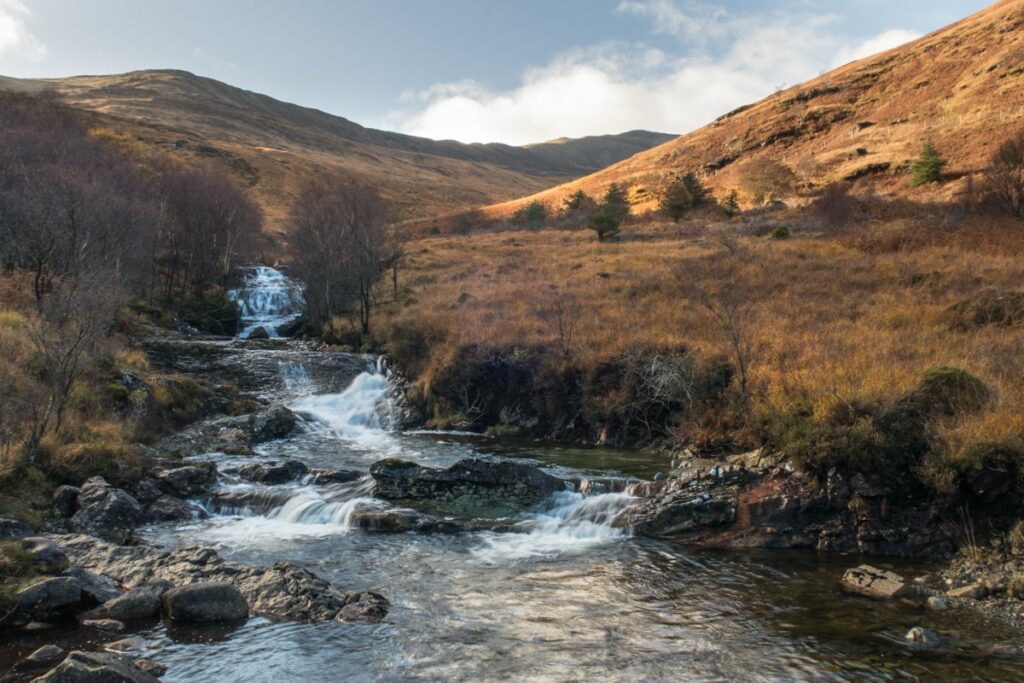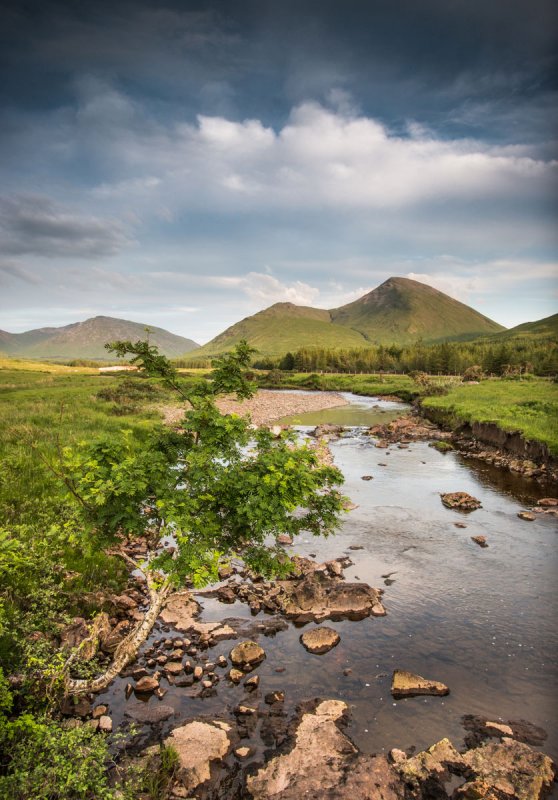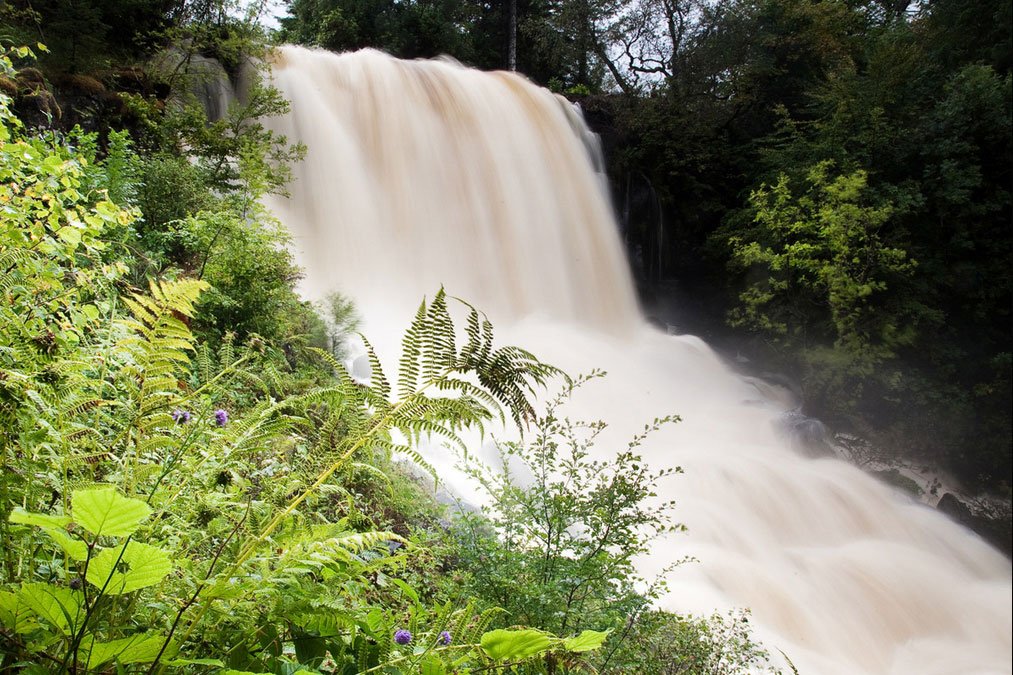3 Epic Walks to Explore Carsaig on the Isle of Mull
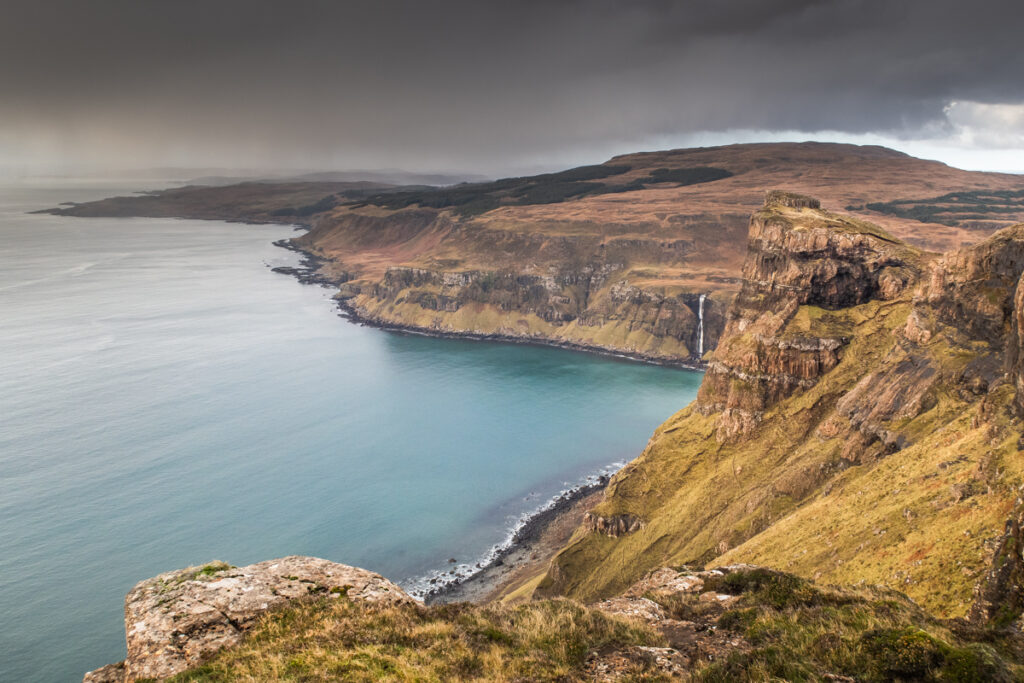
For those who’ve taken the innocuous left-hand turning marked ‘Carsaig’, leaving the main road at Pennyghael and navigating the final few miles up and over the hill pass, they’ll know what treats are in store at their destination.
But for many, this is a turn-off that is often passed, but never explored. We’re here to persuade you it’s worth the adventure, as Carsaig promises a hidden corner of Mull that is arguably one of its most spectacular with a little effort to find it!
As you descend from the hill down towards Carsaig Bay, your first clear views across the sea to Islay, Jura and Colonsay fill the horizon, framed dramatically by Carsaig’s iconic imposing headlands. You’ll pass through pines that stretch skywards, flanked by rocky bluffs and – just as you pass the red phone box – a cascading waterfall. The adventure has begun before you’ve even parked the car!
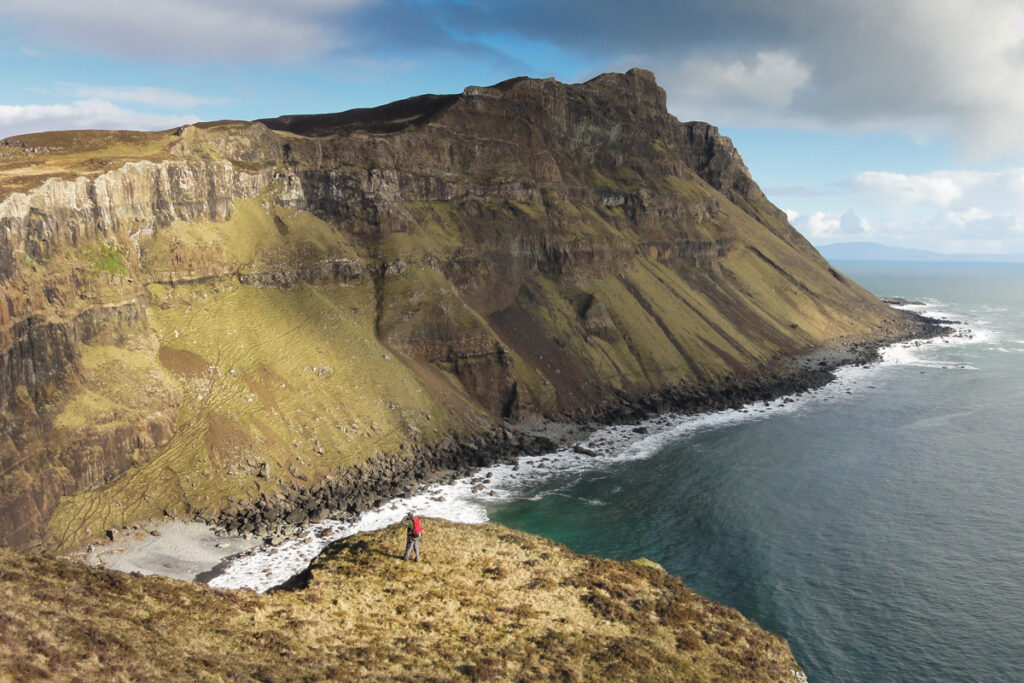
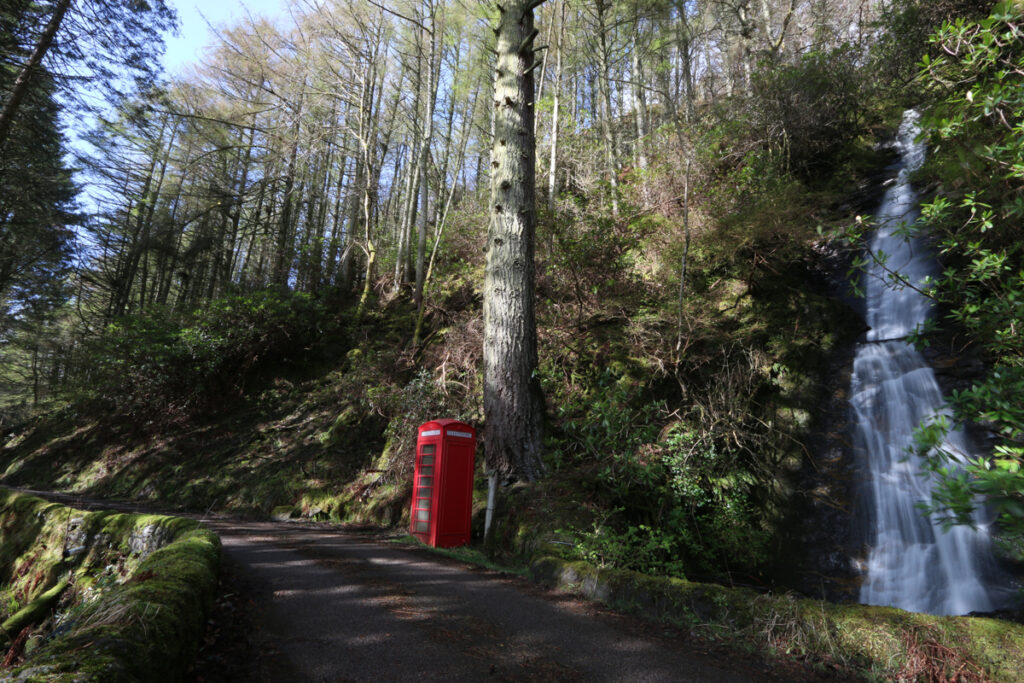
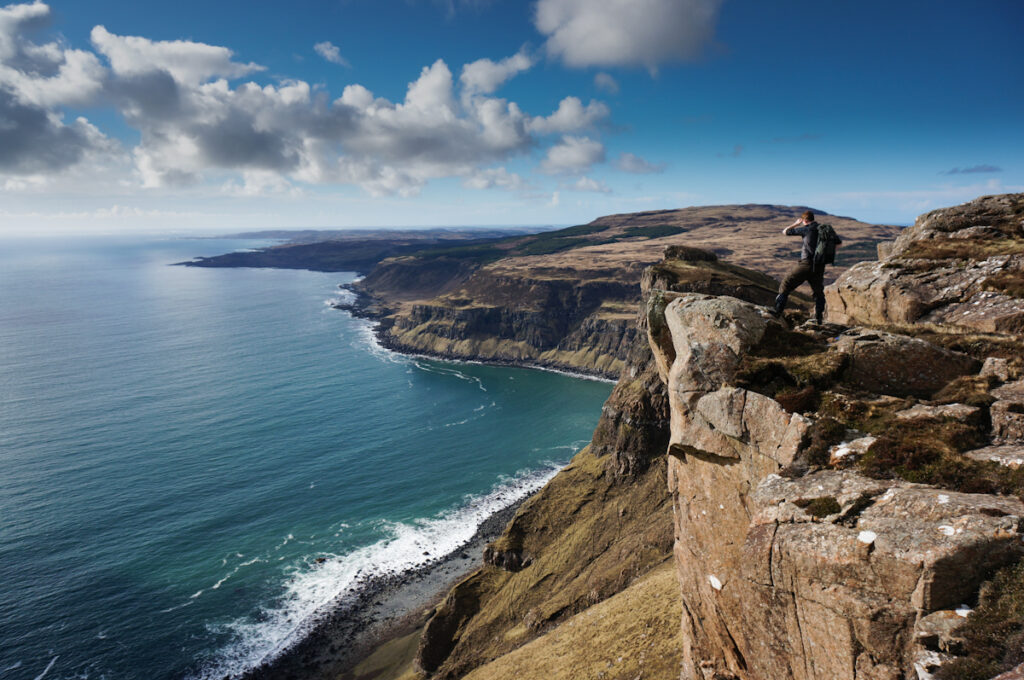
Walks at Carsaig
Carsaig Pier and Beach
This remote corner of Mull is one best explored on foot. From the wee parking area, you can amble down to the old granite pier to take in your dramatic surroundings – a great spot to see the seals that are often in these waters, or basking on the skerries.
A footpath also winds through woodland to bring you round to the black sand beach. This is a short and relatively simple walk that only takes a few minutes and you’ll often enjoy the entire beach to yourselves.
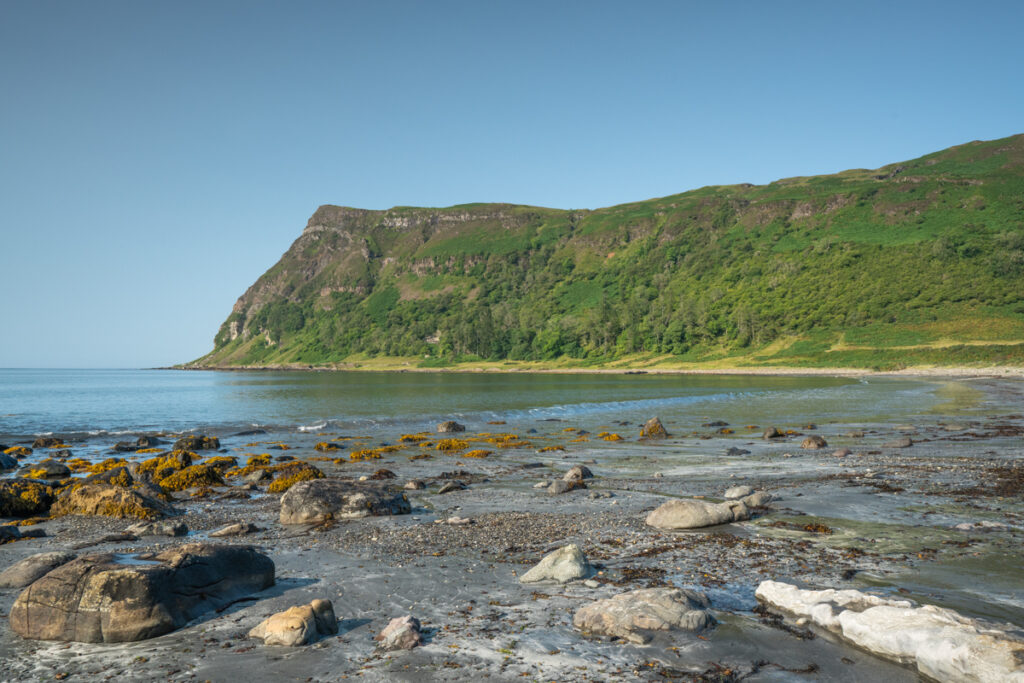
Carsaig Arches
This one’s at the other end of the spectrum, a much more challenging walk that will take you all day to complete it, despite only being about eight miles in distance. Navigating rocky shoreline, you can traverse the dramatic coast at low tide to reach the incredible Carsaig Arches, a natural formation few visitors to Mull ever get to see first-hand.
This walk requires a lot of care and caution given the challenging footing and tides, so allow plenty of time and you will be rewarded with one of Mull’s most impressive natural features.
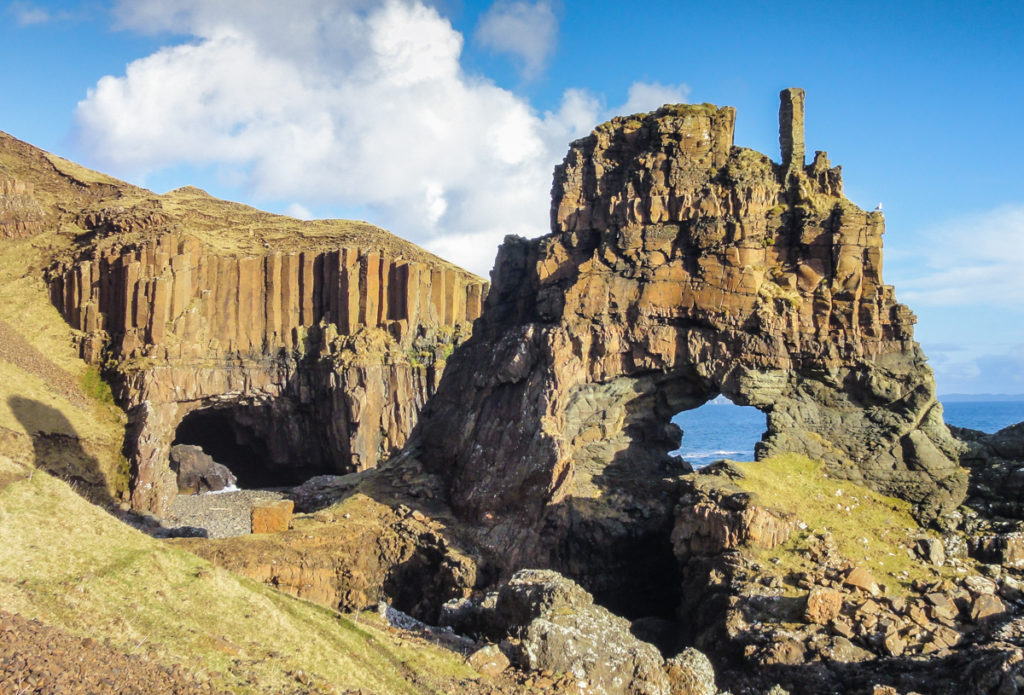
Carsaig Waterfalls
Walk Mull are based in Carsaig and know this corner of Mull’s coast like the back of their hands. Join them on a guided hike and they can tailor the adventure to your ability and experience level, taking you off the beaten track to ridges and waterfalls, mountain lochs and sweeping sea views. There’s the chance to wild swim in remote pools and identify wildflowers as you walk.
You’re more likely to be joined by eagles and deer than other folk on this outing! Walk Mull offer private walks and tours, suitable for solo travelers or for families with children aged 10 and over. Mention Isle of Mull Cottages when you book for 10% off, too!
Discover more about this area’s amazing geology in our video:

